|
The Film

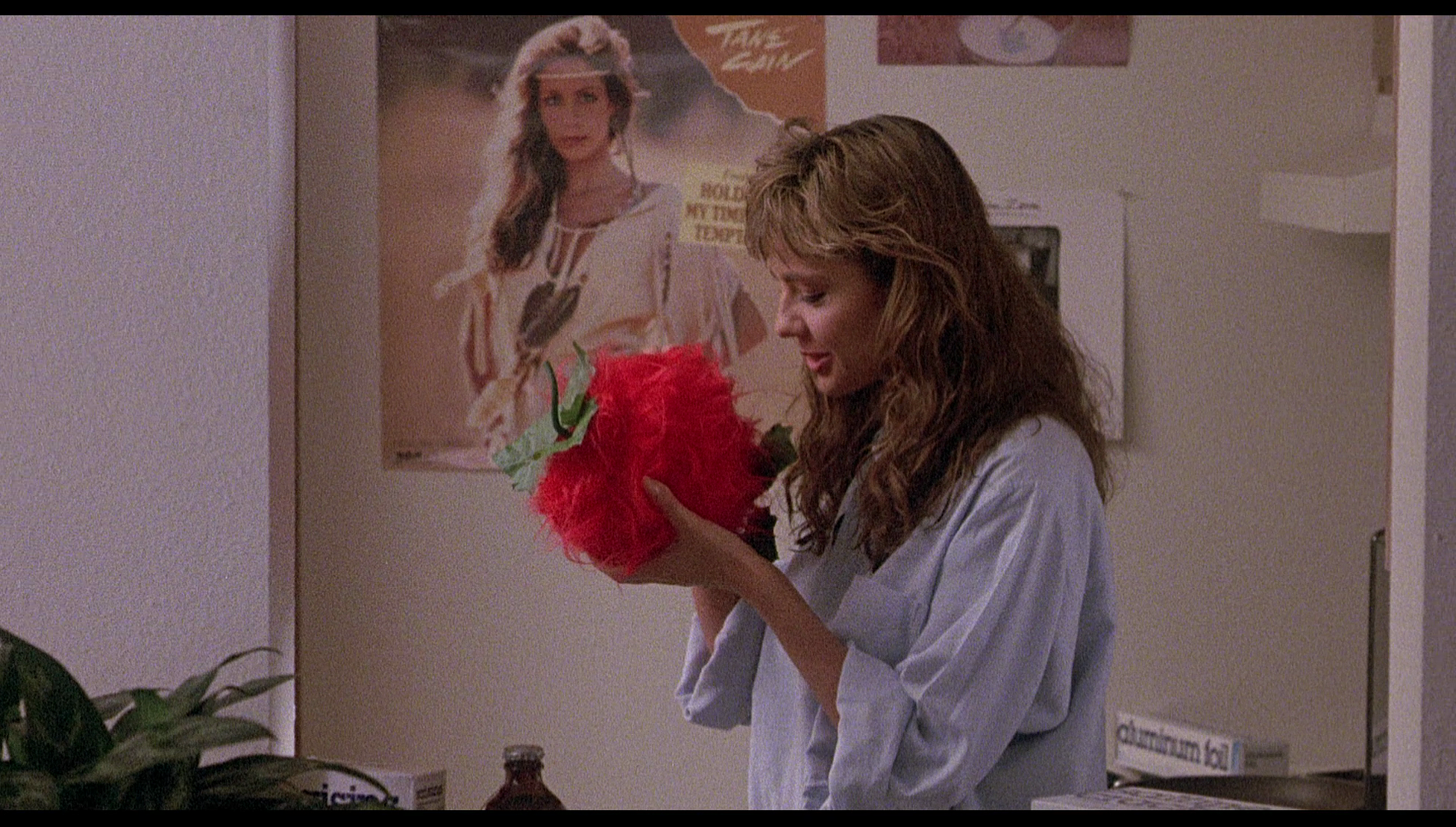 Return of the Killer Tomatoes (John De Bello, 1988) Return of the Killer Tomatoes (John De Bello, 1988)
Following the Great Tomato War, as depicted in Attack of the Killer Tomatoes (De Bello, 1978), in small-town America the dastardly Professor Gangrene (John Astin) conducts secret experiments in creating tomato people, giving the now-prohibited tomatoes human form. Some of these tomato people he uses as guards for the grounds of his home-cum-research laboratory; others he uses to different ends, such as the beautiful Tara (Karen Mistal), who is both Gangrene’s assistant and his lover. Tara is the object of the unrequited affections of Chad (Anthony Starke), who works in the pizzeria owned by his uncle Wilbur (Steve Peace), a decorated hero in the Great Tomato War. Chad works with his buddy and roommate, the womanising Matt (George Clooney).
When Gangrene discards a ‘mutant’ tomato covered in fur, Tara takes pity on the reject and, rescuing it, flees to Wilbur’s pizzeria. Christening the mutant ‘FT’ (for ‘Fuzzy Tomato’), Tara vows to protect it – even if that means betraying Gangrene. Unaware that Tara is a tomato person, or that she is concealing FT, Chad takes her home, to the flat he shares with Matt. However, Gangrene has noticed Tara’s disappearance, and he sends his assistant Igor (Steve Lundquist), an aspiring telecaster, to find her. When Gangrene captures Tara, Chad and Matt, threatening to turn the two young men into tomatoes, it’s down to Wilbur and his buddies from the war, master of disguise Sam (Frank Davis) and Greg (Ian Hutton), to rescue them – but first, Sam must overcome his prejudice against tomatoes and work with FT.
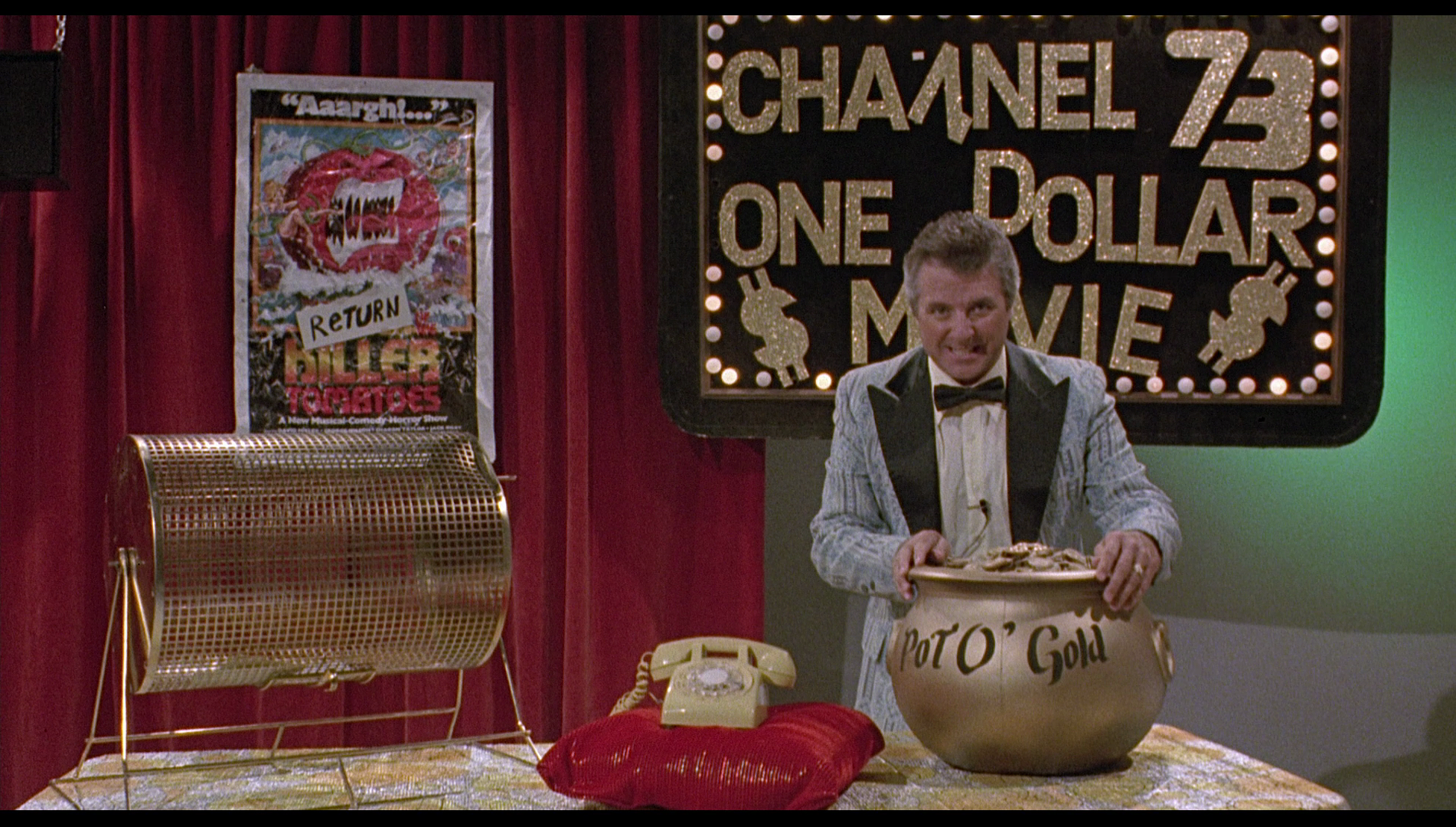 I vividly remember watching the broadcast of John Carpenter’s Escape from New York (1981), in 1992, as part of BBC2’s long-running Moviedrome strand. In his introduction to the film, Alex Cox praised Carpenter’s They Live! (1988) but suggested that the picture ‘falls down at the end, stumbling as do many modern science-fiction films into a dull welter of chases down corridors and high-tech gunfire – similar malaises afflict Total Recall and Terminator 2’. At the time, I remember paying casual attention to this comment, but in retrospect it’s striking just how many genre films of the mid/late-1980s feature a climax in which a pursuit is staged in the corridors of a secret facility, from the likes of Night of the Comet (Thom Eberhardt, 1984) and The Adventures of Buckaroo Banzai Across the 8th Dimension (W D Richter, 1984) to pictures such as Day of the Dead (George A Romero, 1985). Return of the Killer Tomatoes falls into this trend too, with its climax seeing Chad, Matt and Wilbur and his comrades set against Gangrene and his army of tomato men within the corridors of yet another secret facility. One element which unites many of these films is their openly satirical approach, with the corridors of these secret facilities symbolising the authority against which the characters must rebel. Return of the Killer Tomatoes is no exception to this trend, and the principal targets of this picture’s satire are the three ‘Ps’: prejudice, patriarchy and product placement. I vividly remember watching the broadcast of John Carpenter’s Escape from New York (1981), in 1992, as part of BBC2’s long-running Moviedrome strand. In his introduction to the film, Alex Cox praised Carpenter’s They Live! (1988) but suggested that the picture ‘falls down at the end, stumbling as do many modern science-fiction films into a dull welter of chases down corridors and high-tech gunfire – similar malaises afflict Total Recall and Terminator 2’. At the time, I remember paying casual attention to this comment, but in retrospect it’s striking just how many genre films of the mid/late-1980s feature a climax in which a pursuit is staged in the corridors of a secret facility, from the likes of Night of the Comet (Thom Eberhardt, 1984) and The Adventures of Buckaroo Banzai Across the 8th Dimension (W D Richter, 1984) to pictures such as Day of the Dead (George A Romero, 1985). Return of the Killer Tomatoes falls into this trend too, with its climax seeing Chad, Matt and Wilbur and his comrades set against Gangrene and his army of tomato men within the corridors of yet another secret facility. One element which unites many of these films is their openly satirical approach, with the corridors of these secret facilities symbolising the authority against which the characters must rebel. Return of the Killer Tomatoes is no exception to this trend, and the principal targets of this picture’s satire are the three ‘Ps’: prejudice, patriarchy and product placement.
Also, like some of the other films mentioned in the previous paragraph (Night of the Comet and Buckaroo Banzai, particularly), Return of the Killer Tomatoes is deeply ‘meta’ in the sense that would become popular in Hollywood cinema of the late 1980s and early 1990s, especially in action pictures such as Tony Scott’s The Last Boy Scout (1991) and John McTiernan’s The Last Action Hero (1993). Like those films, Return of the Killer Tomatoes pokes fun at the paradigms of action films, with Gangrene’s tomato men guards dressed like Stallone’s John Rambo in his get-up from Rambo: First Blood, Part II (George P Cosmatos, 1985). The film opens on the deliberately cheap set of a cut-price local television channel, where to the accompaniment of equally cheap piano music the host Bob Downs (Mike Villani) presents the ‘afternoon “one dollar movie”’. The film that he is introducing is the one that the film’s audience is viewing, ‘The Return of the Killer Tomatoes’. ‘Sounds like a real winner, doesn’t it?’, Downs asks his audience in a less-than-convincing manner. The film-within-the-film begins; it features bikini clad women dancing on a beach. However, Bob’s colleague Sid (Harvey Weber) has loaded the wrong film: instead of ‘The Return of the Killer Tomatoes’, he has loaded ‘Big Breasted Girls Go to the Beach and Take Their Tops Off’. The image breaks up as Sid replaces it with the correct reel, and the film-within-the-film begins with a sequence showing Professor Gangrene conducting his experiments. As the opening titles play out, the main theme begins, commenting on the action and foregrounding its status as a construct: ‘The theme song remains the same/The plot itself has changed/A generated bet/For fortune and fame [….] Sit back as the show starts/Part two of only two parts/But if this film does well, you see/We’re sure to go, predictably/It won’t be long until part three’. Whilst recalling the reflexivity of the opening theme to the likes of Blazing Saddles (Mel Brooks, 1974), the main theme to Return of the Killer Tomatoes has uncanny similarities to the extraordinarily self-aware opening theme to Garry Shandling’s highly reflexive sitcom It’s Garry Shandling’s Show (1986-90) (‘This is the theme to Garry's Show/The theme to Garry's show/Garry called me up and asked if I would write his theme song/I'm almost halfway finished/How do you like it so far?/How do you like the theme to Garry's Show?’)
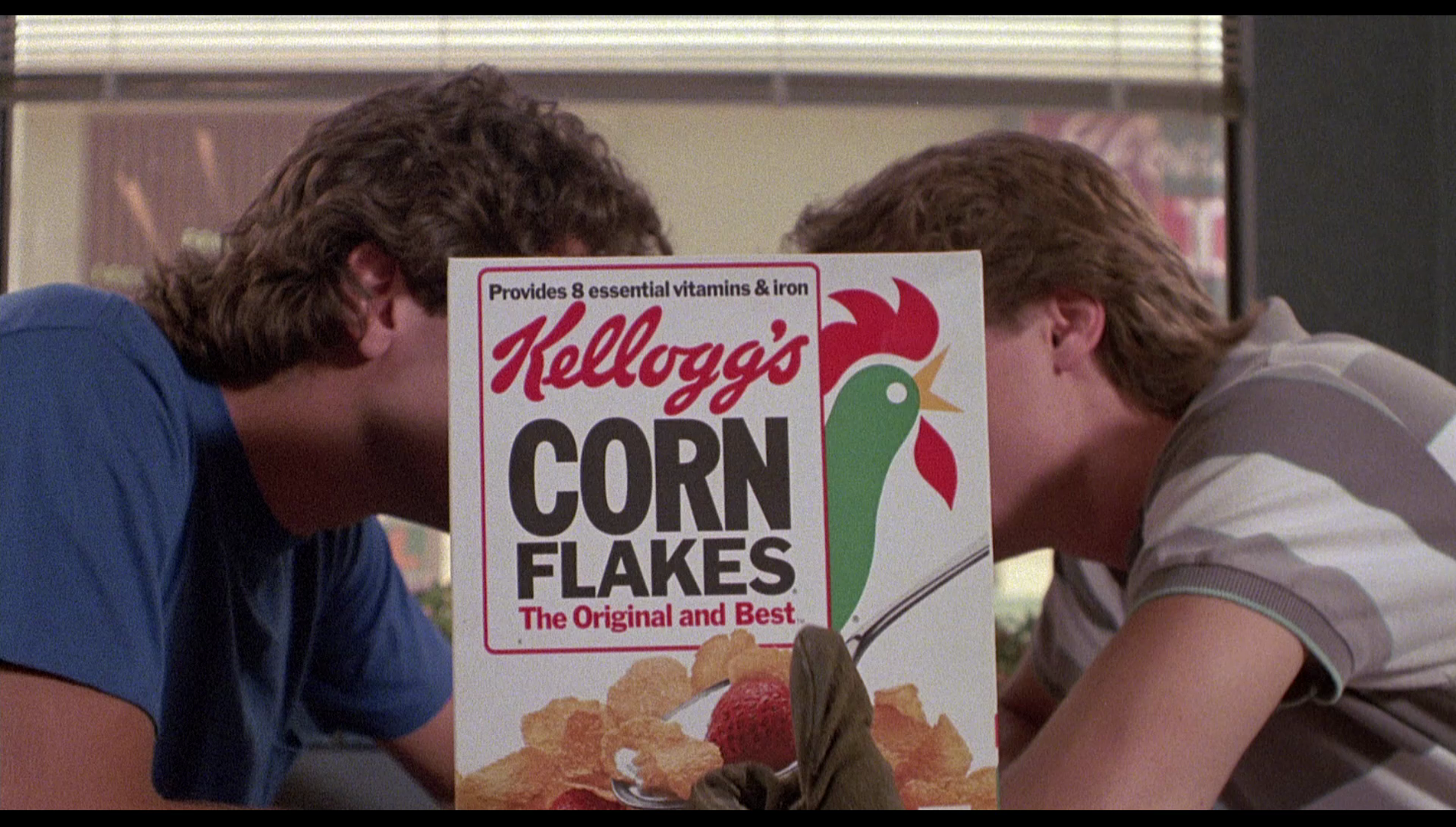 Midway through the picture, the director stops the film and informs the audience that ‘I am sorry but we are out of money for this picture’. Clooney has a suggestion: ‘We’ve been avoiding it’, he says, ‘but it’s the 80s. I think it’s time for product placement’. From this point, the film features a very funny parody of product placement that recurs at different points throughout the narrative; the scene that follows this exchange functions essentially as a satirical advertisement for Pepsi, Moosehead beer, Nestle Crunch bars and Kellog’s Corn Flakes – with the products placed front and centre, often in front of the actors or held by them prominently, with a nod and a wink and a sly comment in the dialogue to highlight their presence. (Clooney, it has to be said, excels at ‘selling’ this parody of product placement.) In a slightly later scene, Gangrene dons a labcoat with the Pepsi logo on the back, for example. Midway through the picture, the director stops the film and informs the audience that ‘I am sorry but we are out of money for this picture’. Clooney has a suggestion: ‘We’ve been avoiding it’, he says, ‘but it’s the 80s. I think it’s time for product placement’. From this point, the film features a very funny parody of product placement that recurs at different points throughout the narrative; the scene that follows this exchange functions essentially as a satirical advertisement for Pepsi, Moosehead beer, Nestle Crunch bars and Kellog’s Corn Flakes – with the products placed front and centre, often in front of the actors or held by them prominently, with a nod and a wink and a sly comment in the dialogue to highlight their presence. (Clooney, it has to be said, excels at ‘selling’ this parody of product placement.) In a slightly later scene, Gangrene dons a labcoat with the Pepsi logo on the back, for example.
Heightening its credentials as a piece of metacinema, the film also slyly parodies the conventions of low-budget pictures and their tendency to use out-of-place stock footage: during a montage showing the effects of the Great Tomato War, the viewer is presented with footage of San Francisco with Alcatraz and Hyde Street Pier in the background, over which a deliberately misleading onscreen title reads: ‘New York’. Finally, during the climax a telephone rings; Gangrene answers it and, on the other end, is Bob Downs, the presenter of the ‘one dollar movie’ show depicted in the film’s opening sequence. Stopping the narrative, Downs tells Gangrene that he has won the call-in competition announced in the opening sequence. As the different diegetic layers of the picture begin to collide, Chad turns to the camera and, addressing the audience directly, says, ‘You notice how everything we set up in the first reel pays off in the last? Pretty swift, huh?’
In light of what came after, it’s amusing to consider George Clooney’s portrayal of Matt, with his womanising ways and easy charm, as a dry run for Clooney’s career-defining role as Doctor Doug Ross on ER (1994-2009). Clooney’s Matt has the same dry wit, delivered in a totally deadpan style by the actor, as Doctor Ross, and he also possesses the same eye for attractive women. For example, after returning to the flat he shares with Chad and finding Tara in the shower, Matt tells his friend, ‘Talk fast, because I know that’s not your mother in there’.
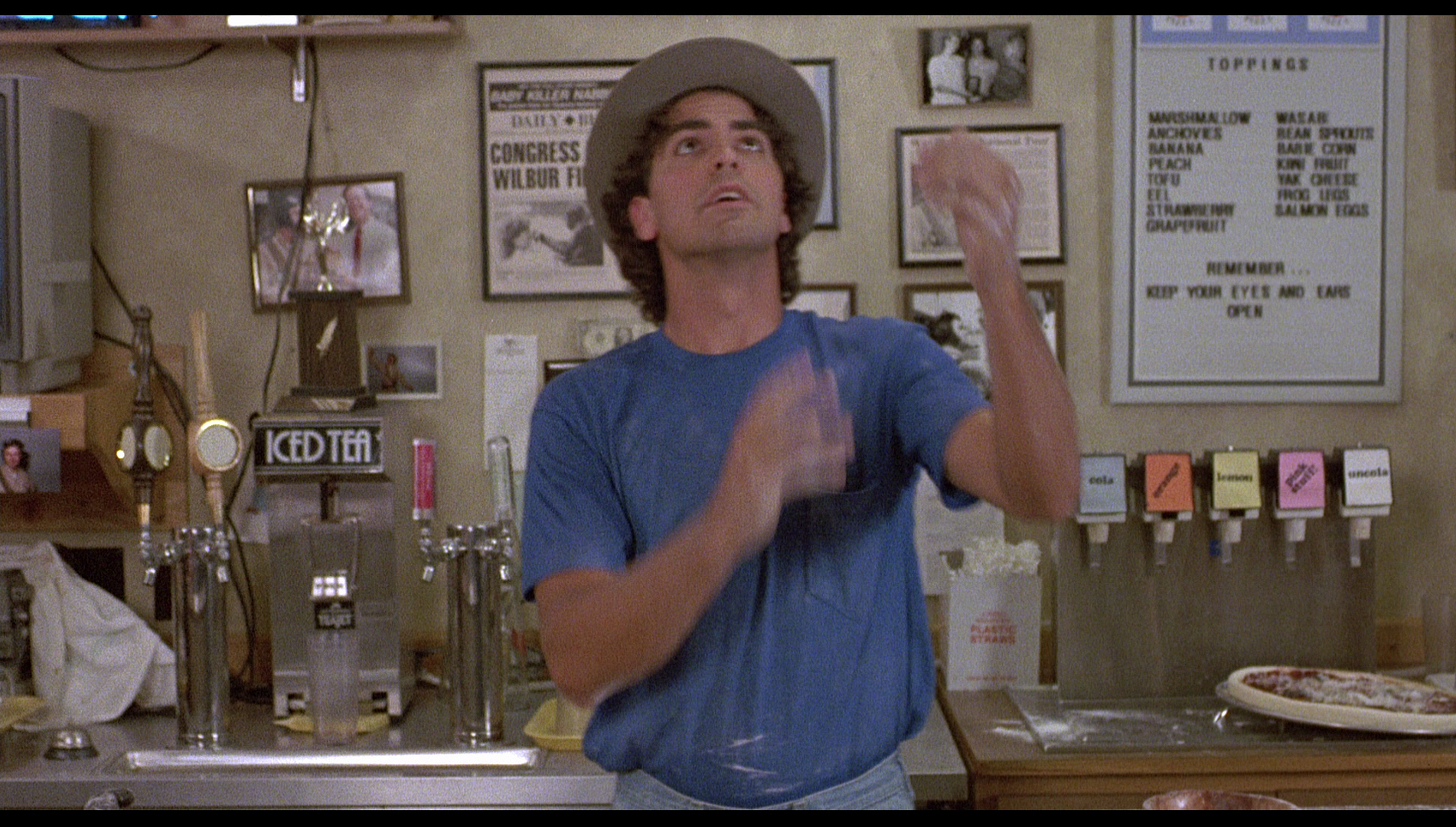 When we first encounter Tara, she may as well be one of the Stepford Wives of Ira Levin’s 1972 novel, a fact reinforced by the robotic delivery of her lines. (Gangrene later suggests that he has bred emotions out of his particular strain of tomato people by asserting, ‘Emotions are for people, not vegetables’.) She introduces herself to Chad as Gangrene’s assistant, telling Chad that ‘I’m his [Gangrene’s] lover’. Chad raises his eyebrow at this, his curiosity (and jealousy) piqued by this young, beautiful woman’s apparently openly sexual relationship with the ageing Gangrene. ‘I also cook and clean’, she continues before indicating toward the men in the grounds dressed like Stallone in Rambo: First Blood, Part II: ‘They are gardeners and they are carpenters. They are not tomato men’. When Tara flees with FT to Wilbur’s pizzeria, she offers sex to Chad in return for shelter; her bold offer, delivered casually, shocks Chad and is an index of the cultural difference between the couple – the extent to which for Tara her sexuality is not something to hide under a bushel, whilst for the more naïve and less ‘worldly’ Chad sex is something that is both strange and frightening. ‘Do you want to make love?’, Tara asks Chad, ‘You wish sex now?’ He is flabbergasted and responds by asking, ‘Did your mother drop you as a baby?’ ‘I speak perfect English’, Tara tells him, ‘I also cook 815 international dishes, perform 647 sexual acts, and use all the popular home appliances. Shall I cook you something? […] How about a blow job? Maybe iron your pants?’ Her response offers a parody of female servitude that once again brings to mind Ira Levin’s classic novel The Stepford Wives, or perhaps John Wyndham’s The Midwich Cuckoos (1957). Later, after Matt has seen Tara showering in his and Chad’s flat, Chad declares, ‘There’s something strange about her. She doesn’t seem quite all there’. ‘I saw nothing missing’, Matt quips in response. When we first encounter Tara, she may as well be one of the Stepford Wives of Ira Levin’s 1972 novel, a fact reinforced by the robotic delivery of her lines. (Gangrene later suggests that he has bred emotions out of his particular strain of tomato people by asserting, ‘Emotions are for people, not vegetables’.) She introduces herself to Chad as Gangrene’s assistant, telling Chad that ‘I’m his [Gangrene’s] lover’. Chad raises his eyebrow at this, his curiosity (and jealousy) piqued by this young, beautiful woman’s apparently openly sexual relationship with the ageing Gangrene. ‘I also cook and clean’, she continues before indicating toward the men in the grounds dressed like Stallone in Rambo: First Blood, Part II: ‘They are gardeners and they are carpenters. They are not tomato men’. When Tara flees with FT to Wilbur’s pizzeria, she offers sex to Chad in return for shelter; her bold offer, delivered casually, shocks Chad and is an index of the cultural difference between the couple – the extent to which for Tara her sexuality is not something to hide under a bushel, whilst for the more naïve and less ‘worldly’ Chad sex is something that is both strange and frightening. ‘Do you want to make love?’, Tara asks Chad, ‘You wish sex now?’ He is flabbergasted and responds by asking, ‘Did your mother drop you as a baby?’ ‘I speak perfect English’, Tara tells him, ‘I also cook 815 international dishes, perform 647 sexual acts, and use all the popular home appliances. Shall I cook you something? […] How about a blow job? Maybe iron your pants?’ Her response offers a parody of female servitude that once again brings to mind Ira Levin’s classic novel The Stepford Wives, or perhaps John Wyndham’s The Midwich Cuckoos (1957). Later, after Matt has seen Tara showering in his and Chad’s flat, Chad declares, ‘There’s something strange about her. She doesn’t seem quite all there’. ‘I saw nothing missing’, Matt quips in response.
The film begins by outlining the Great Tomato War and the cultural fallout from it. We are shown, after ‘VT Day’, people eating tomato sauce-free pizzas in Wilbur’s pizzeria. The anger towards tomatoes has driven them underground, and in one sequence Chad and Tara venture into the storeroom of a grocery store, where they see one man selling tomatoes to another; the exchange is illicit, framed as if it were a drug deal, and accompanied by music that vaguely echoes Nino Rota’s main theme for Coppola’s The Godfather (1972). Much of the narrative involves people overcoming their prejudices towards tomatoes, with Chad’s relationship with Tara, and the revelation that she is in fact a ‘tomato person’, forcing Chad and Matt to confront their hatred of tomatoes; this narrative cycle culminates in Chad’s uncle Wilbur being forced to trust FT in order to rescue his nephew Chad and Matt from Professor Gangrene.
 Wilbur’s past as a decorated hero in the Great Tomato War and the overwhelming negative attitudes towards tomatoes that, we are told, followed this conflict have an almost universal significance, sadly, especially in the age of the ‘war on terror’. However, in the context of the film this aspect of the narrative seems to allude indirectly to both anti-Communist hysteria and towards the prejudices against Japanese-Americans that festered during the Second World War and continued after it, with the internment and exclusion of many Japanese Americans taking place from 1942 to 1946 and having lasting consequences afterwards. (This specific prejudice is, of course, something that was explored in John Sturges’ 1955 film Bad Day at Black Rock.) In Return of the Killer Tomatoes, we see news reports that attempt to stir up that old hatred of the tomato by suggesting that ‘in the years since the Great Tomato War, the dangers of tomatoes are being forgotten’. Watching this news report in the pizzeria, Matt declares, ‘Who cares about tomatoes?’ In response to this, one of the customers pipes up: ‘Listen, sonny. You weren’t there. If we let them sneak in now, who knows what it will lead to’. Later, Tara tries to encourage Chad to empathise with the tomatoes. ‘How would you feel if you were raised to be eaten?’, she reasons, ‘Wouldn’t you rebel at the first opportunity?’ ‘You can’t possible be defending those monsters’, Chad protests. ‘You gotta reject the older generation’, Tara informs him, ‘New ideas for a new generation. You can’t keep fighting the wars over and over for them. Don’t let someone else tell you what to fear or feel’. Wilbur’s past as a decorated hero in the Great Tomato War and the overwhelming negative attitudes towards tomatoes that, we are told, followed this conflict have an almost universal significance, sadly, especially in the age of the ‘war on terror’. However, in the context of the film this aspect of the narrative seems to allude indirectly to both anti-Communist hysteria and towards the prejudices against Japanese-Americans that festered during the Second World War and continued after it, with the internment and exclusion of many Japanese Americans taking place from 1942 to 1946 and having lasting consequences afterwards. (This specific prejudice is, of course, something that was explored in John Sturges’ 1955 film Bad Day at Black Rock.) In Return of the Killer Tomatoes, we see news reports that attempt to stir up that old hatred of the tomato by suggesting that ‘in the years since the Great Tomato War, the dangers of tomatoes are being forgotten’. Watching this news report in the pizzeria, Matt declares, ‘Who cares about tomatoes?’ In response to this, one of the customers pipes up: ‘Listen, sonny. You weren’t there. If we let them sneak in now, who knows what it will lead to’. Later, Tara tries to encourage Chad to empathise with the tomatoes. ‘How would you feel if you were raised to be eaten?’, she reasons, ‘Wouldn’t you rebel at the first opportunity?’ ‘You can’t possible be defending those monsters’, Chad protests. ‘You gotta reject the older generation’, Tara informs him, ‘New ideas for a new generation. You can’t keep fighting the wars over and over for them. Don’t let someone else tell you what to fear or feel’.
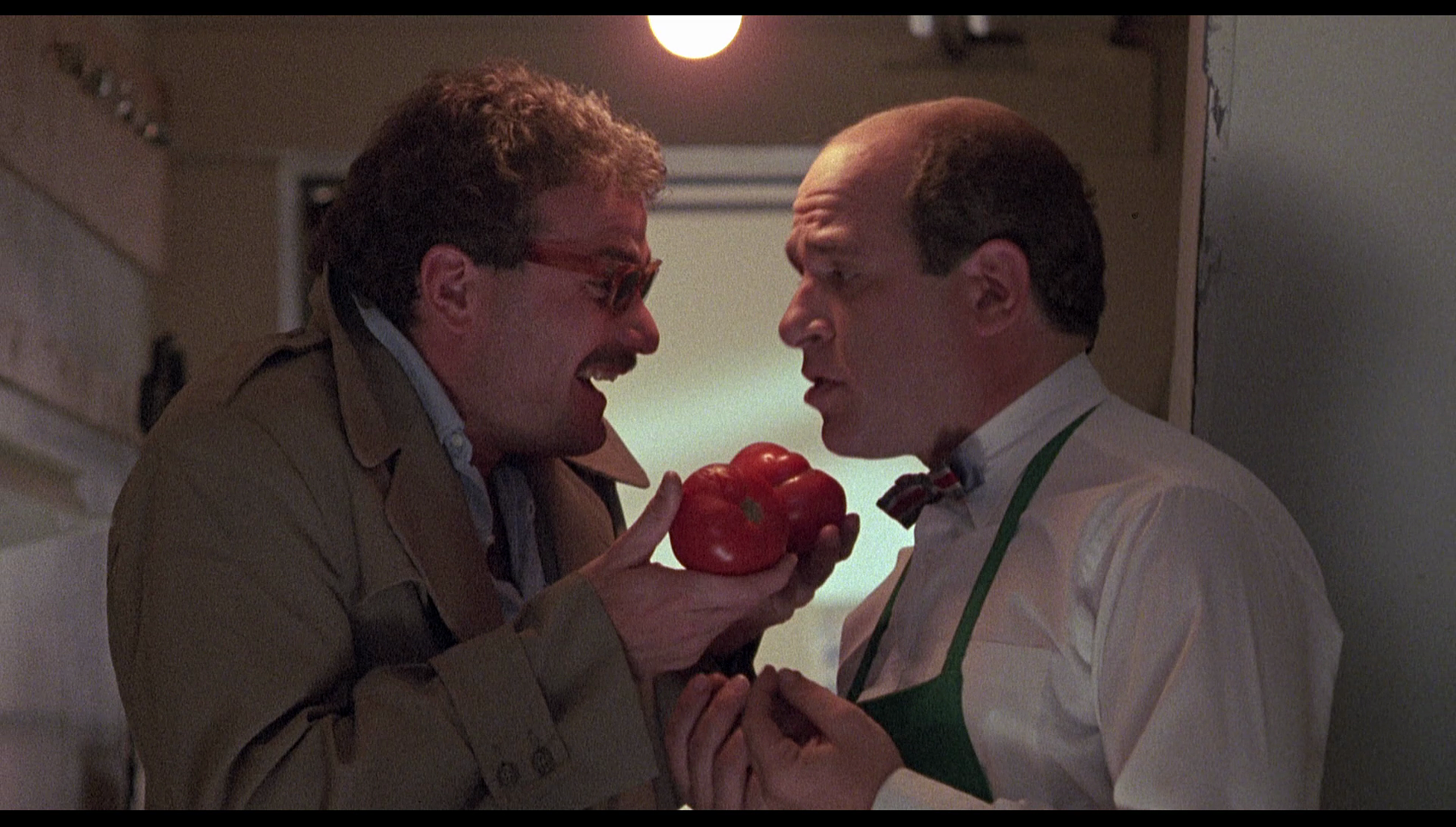 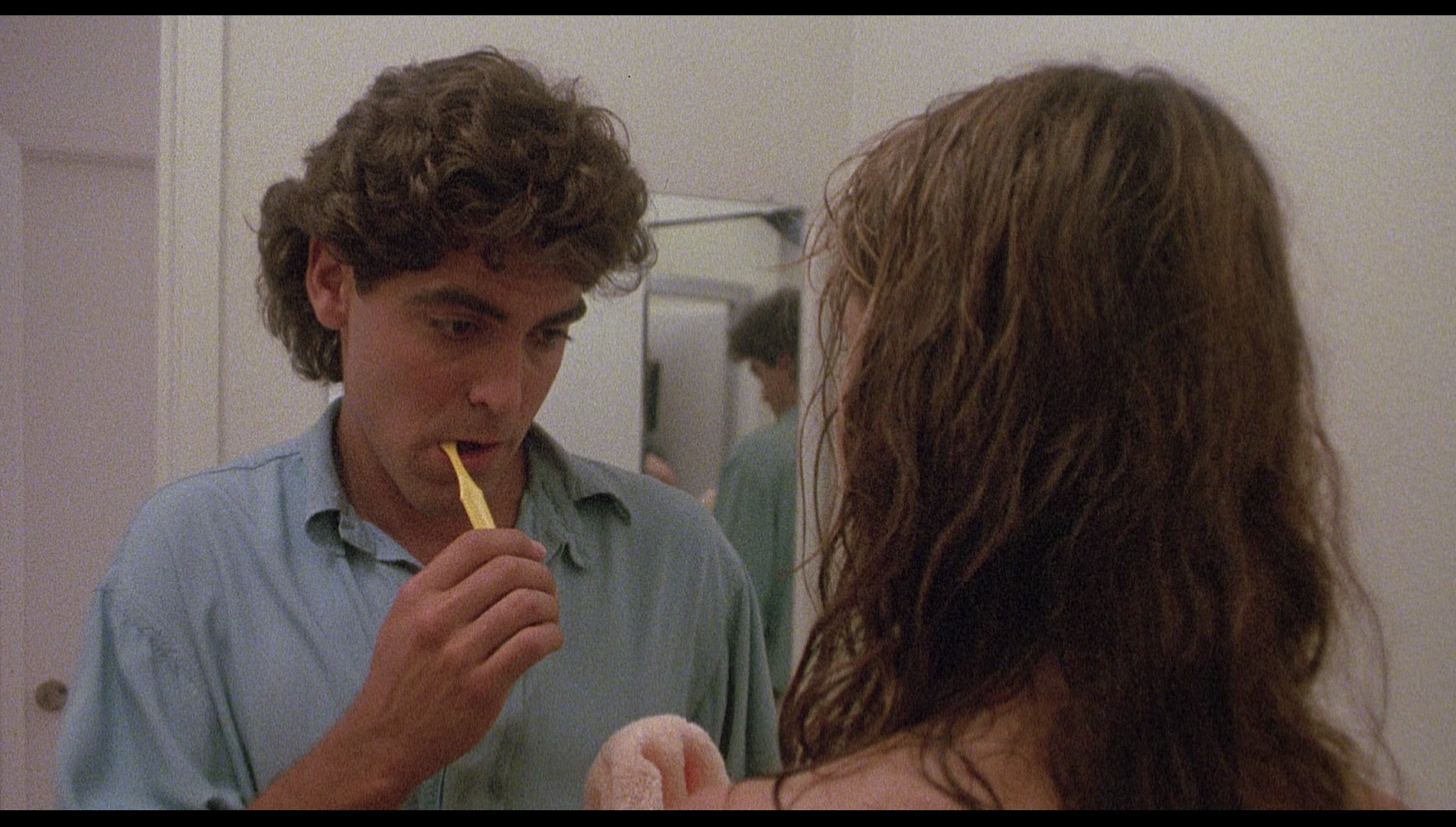 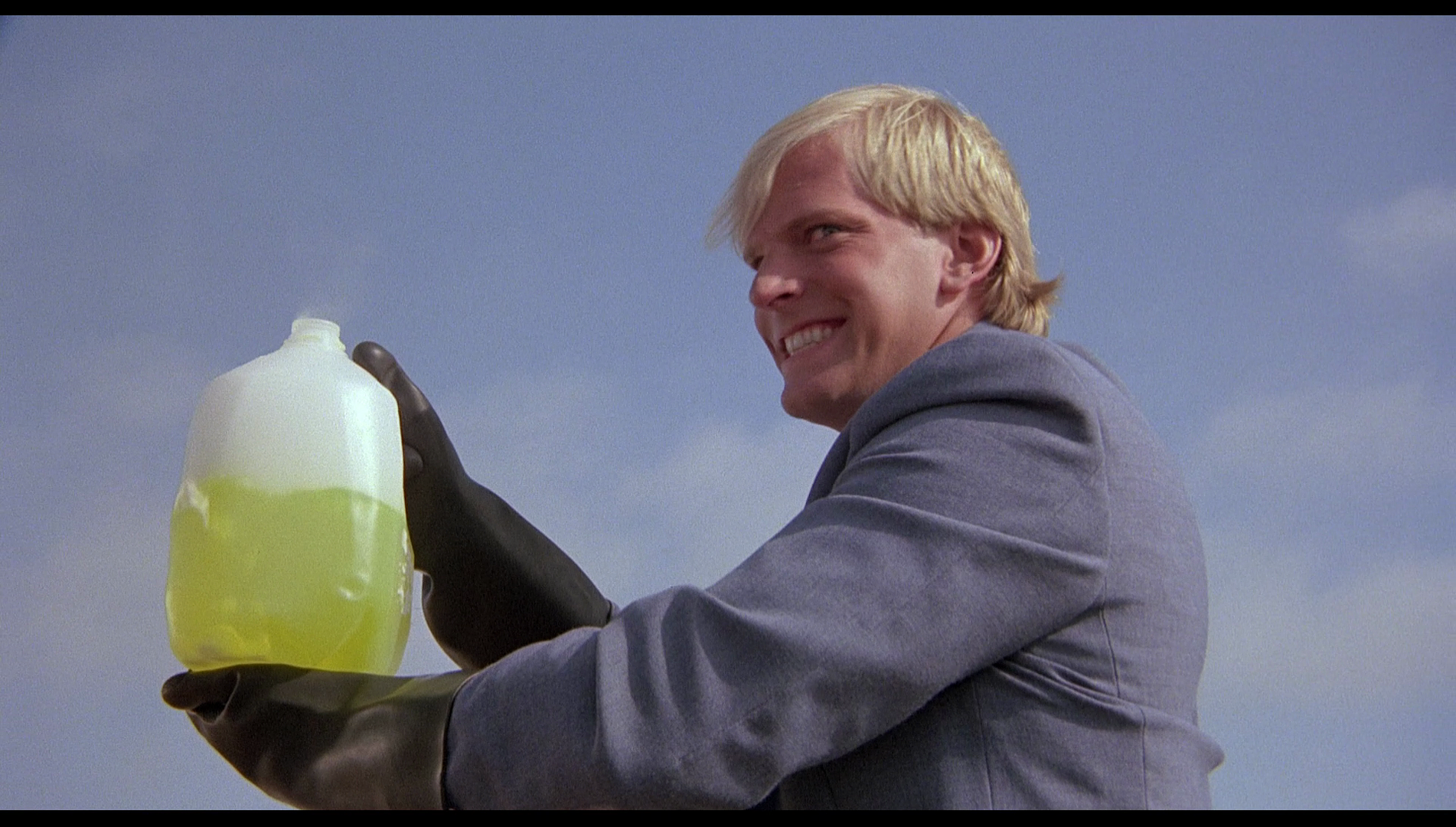
Video
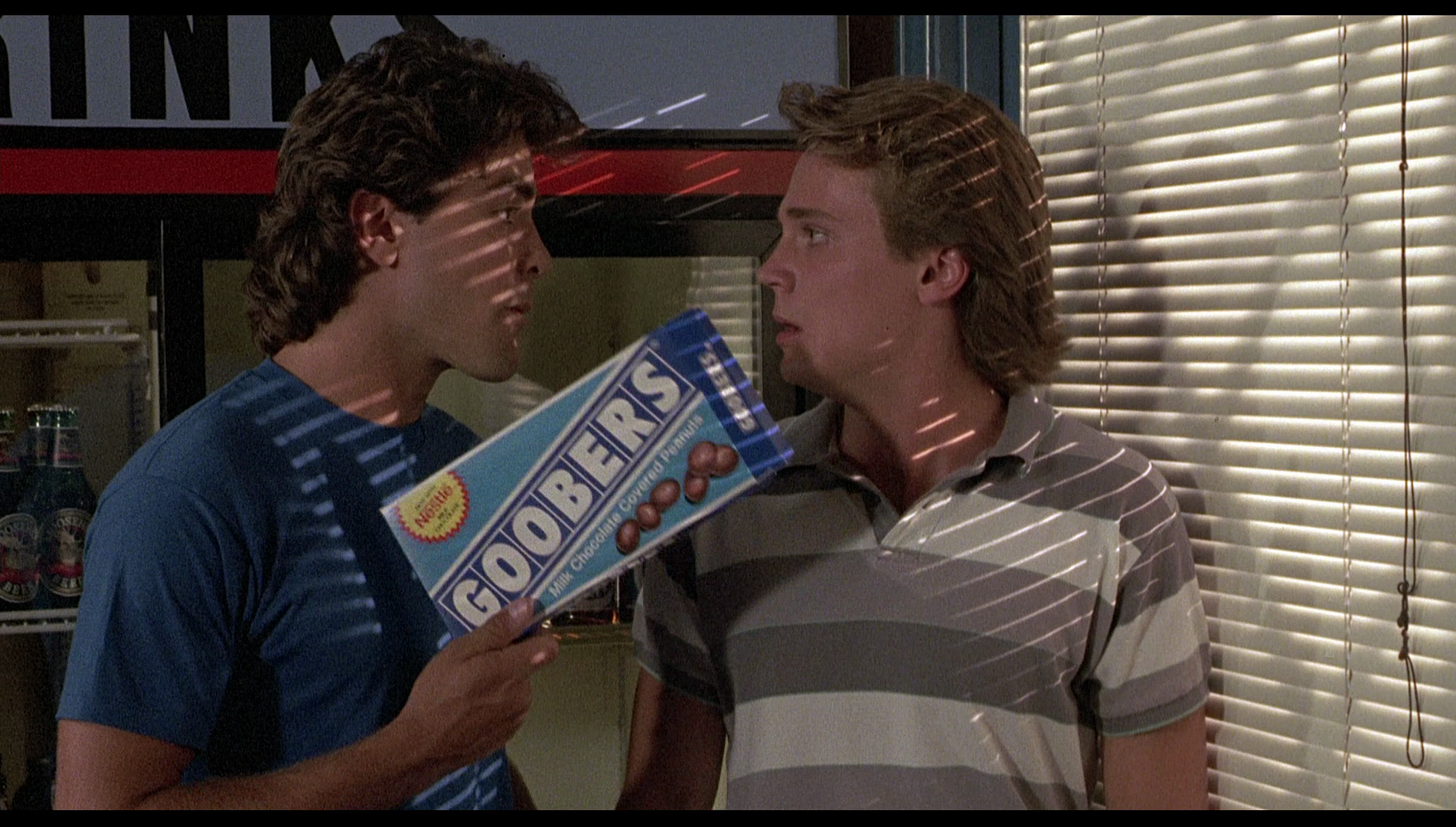 Taking up 24Gb of space on its disc, the film is presented in its original theatrical aspect ratio of 1.85:1. (I believe all of the previous DVD releases featured an open-matte presentation of the film.) The 1080p presentation uses the AVC codec. Colour reproduction is a noticeable improvement over the DVD releases, with the red of the tomatoes appearing suitably… well, tomato red. An excellent level of detail is on display, and though the film has the ‘flat’ lighting scheme of many 1980s productions, contrast levels are good in this presentation and nicely-balanced. The climax is the aspect of the film that benefits from this the most, owing to the fact that much of the climax takes place at night – and the improved contrast of this HD presentation ensures that the action is clearly defined rather than buried in murky, overcompressed shadows (as per the film’s previous DVD releases). Finally, though there are a few moments in the film that seem just a little unnaturally soft (with perhaps a little n, a solid encode ensures the presentation retains the structure of 35mm film. Taking up 24Gb of space on its disc, the film is presented in its original theatrical aspect ratio of 1.85:1. (I believe all of the previous DVD releases featured an open-matte presentation of the film.) The 1080p presentation uses the AVC codec. Colour reproduction is a noticeable improvement over the DVD releases, with the red of the tomatoes appearing suitably… well, tomato red. An excellent level of detail is on display, and though the film has the ‘flat’ lighting scheme of many 1980s productions, contrast levels are good in this presentation and nicely-balanced. The climax is the aspect of the film that benefits from this the most, owing to the fact that much of the climax takes place at night – and the improved contrast of this HD presentation ensures that the action is clearly defined rather than buried in murky, overcompressed shadows (as per the film’s previous DVD releases). Finally, though there are a few moments in the film that seem just a little unnaturally soft (with perhaps a little n, a solid encode ensures the presentation retains the structure of 35mm film.
The film is uncut and runs for 98:09 mins.
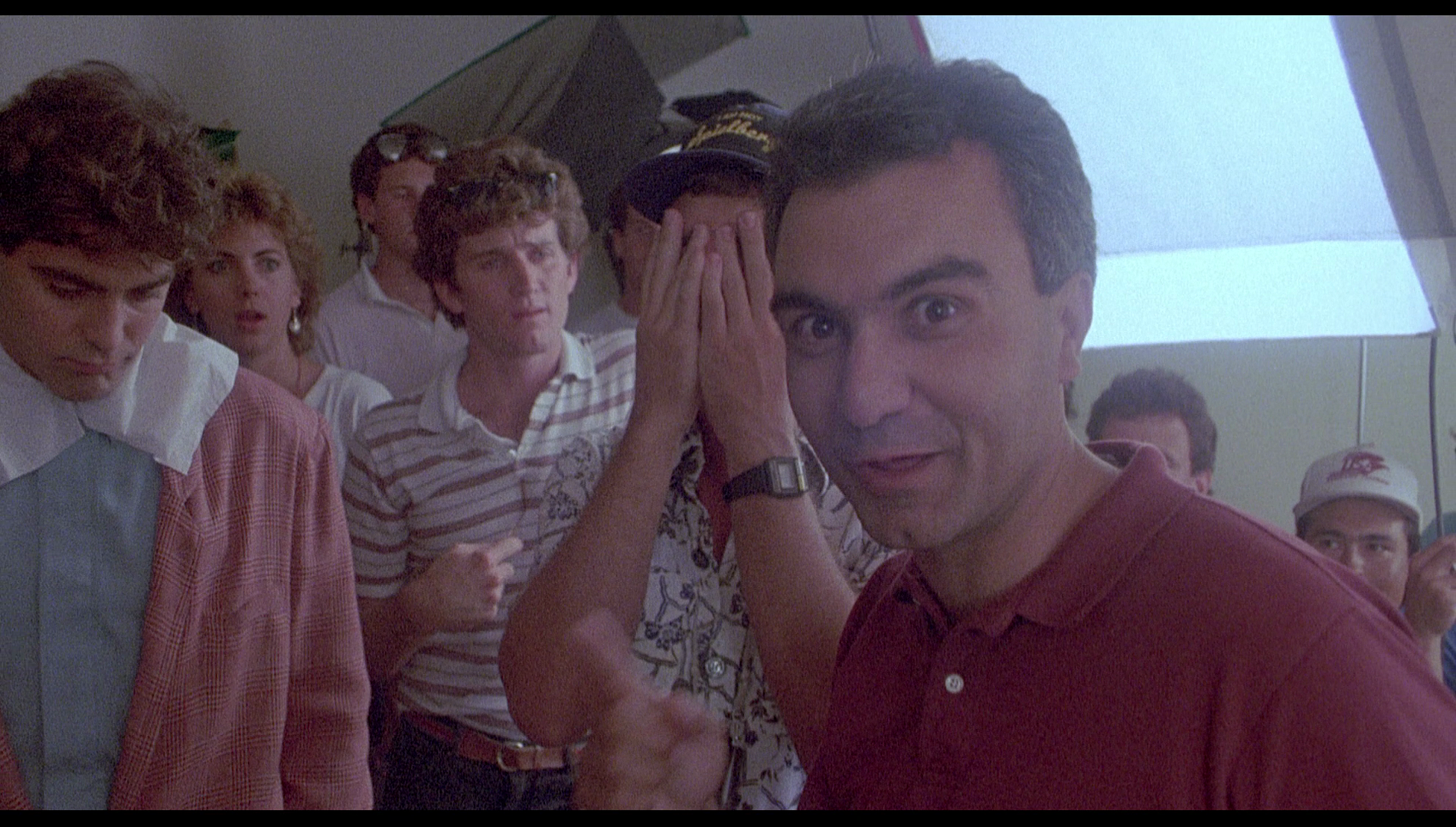 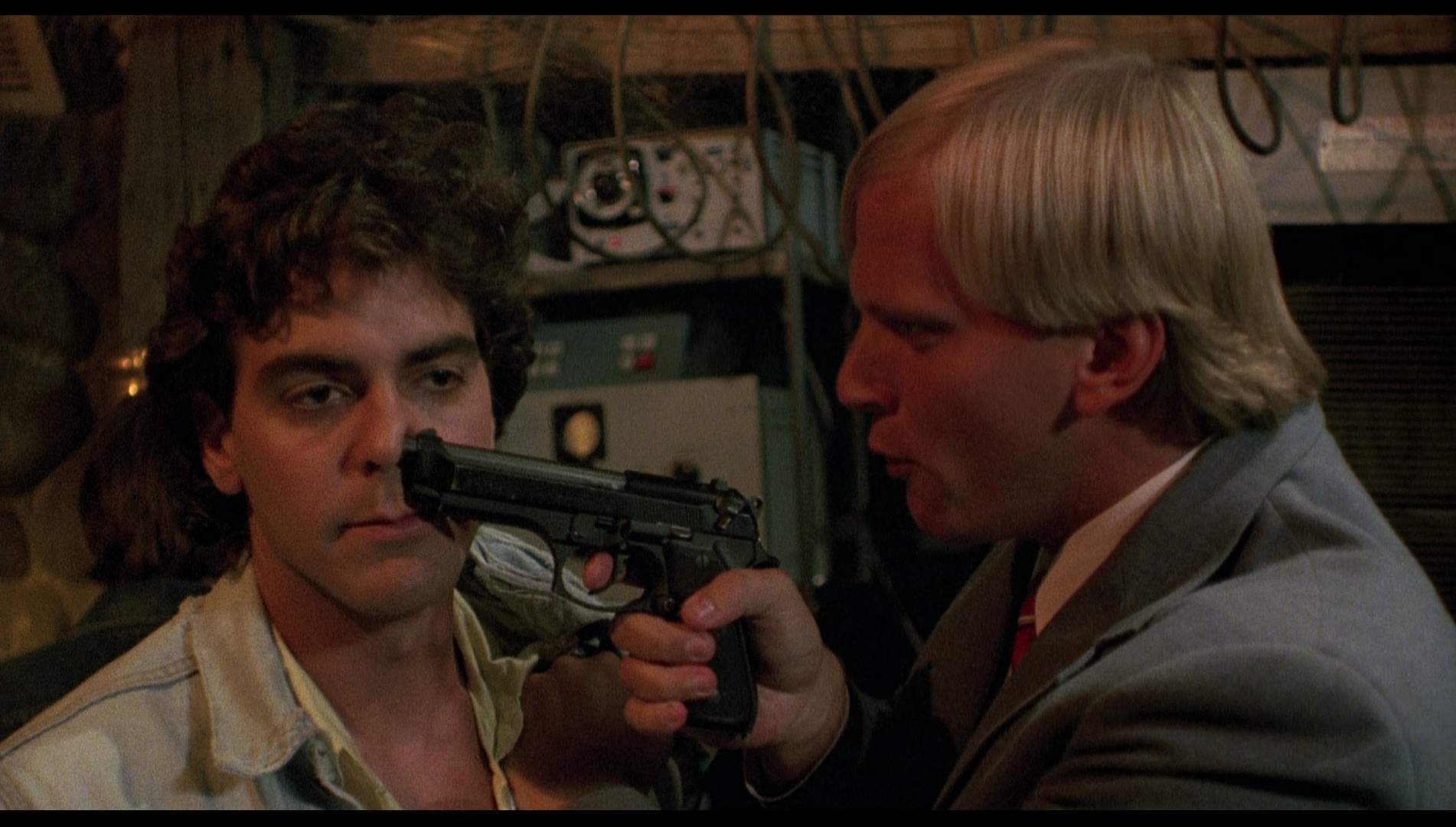 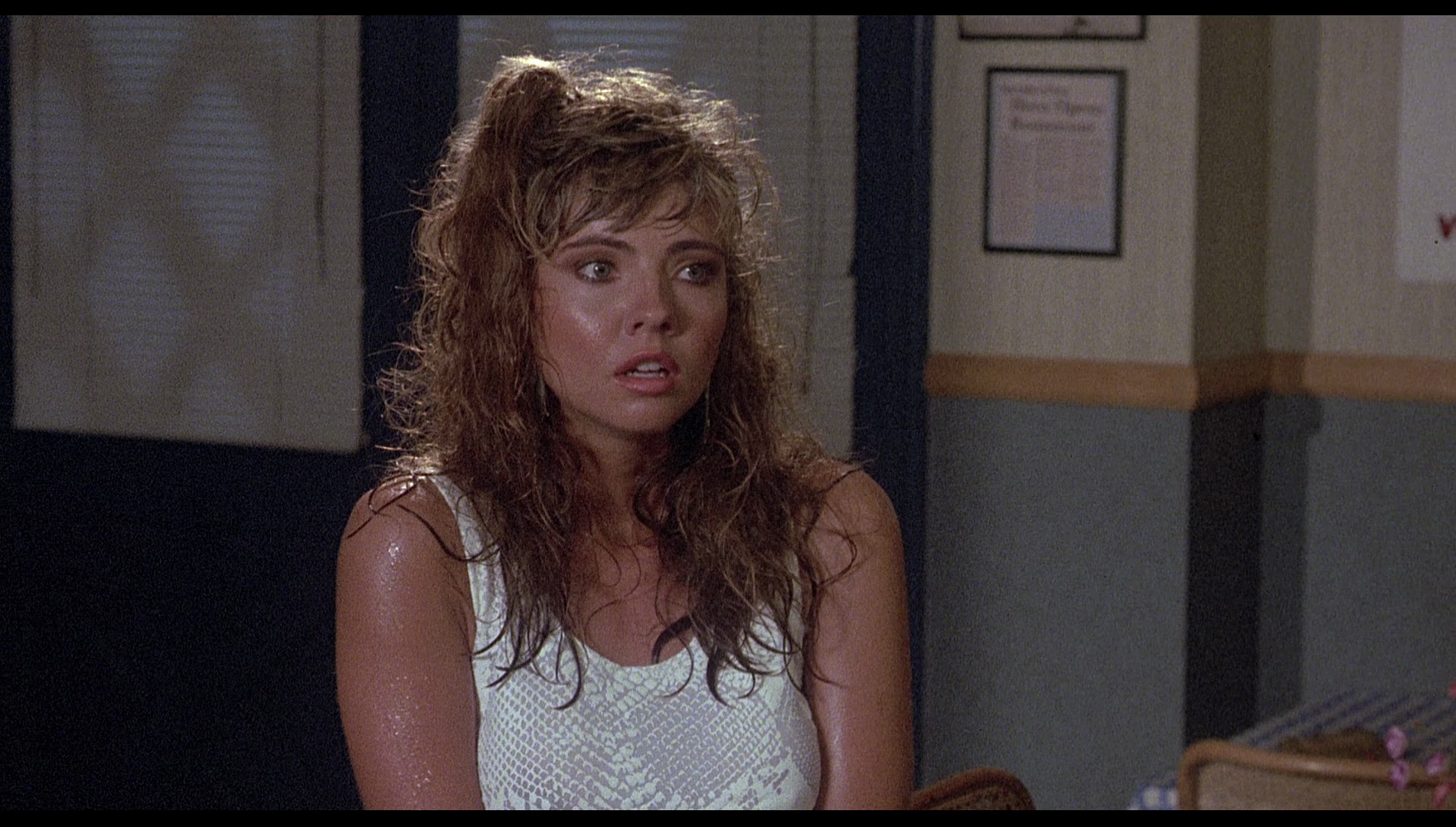
Audio
Audio is presented via a LPCM 2.0 mono track which is accompanied by optional English subtitles for the Hard of Hearing. The LPCM track is clear, rich and deep with excellent range. The subtitles are easy to read and accurate.
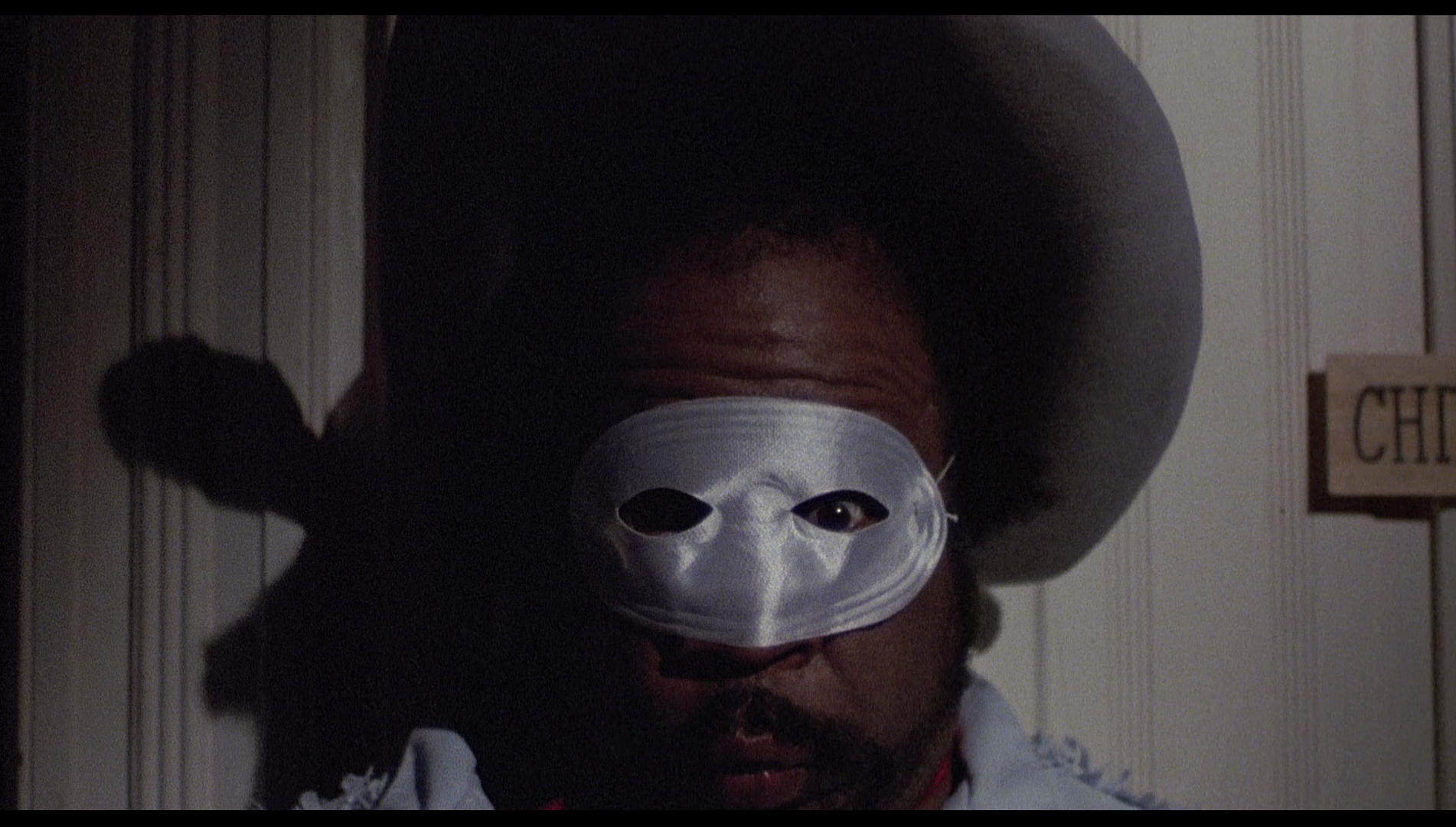  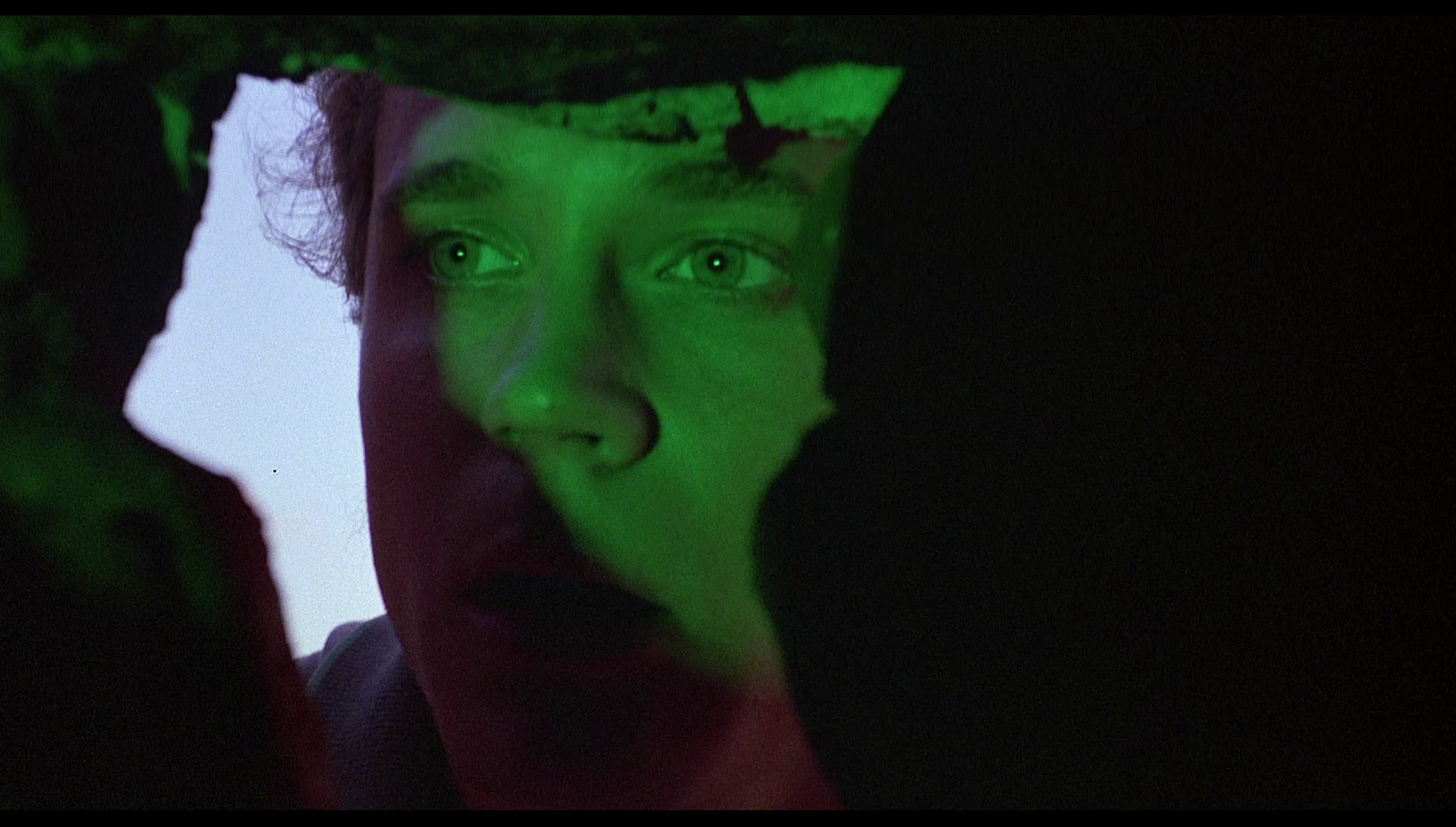
Extras
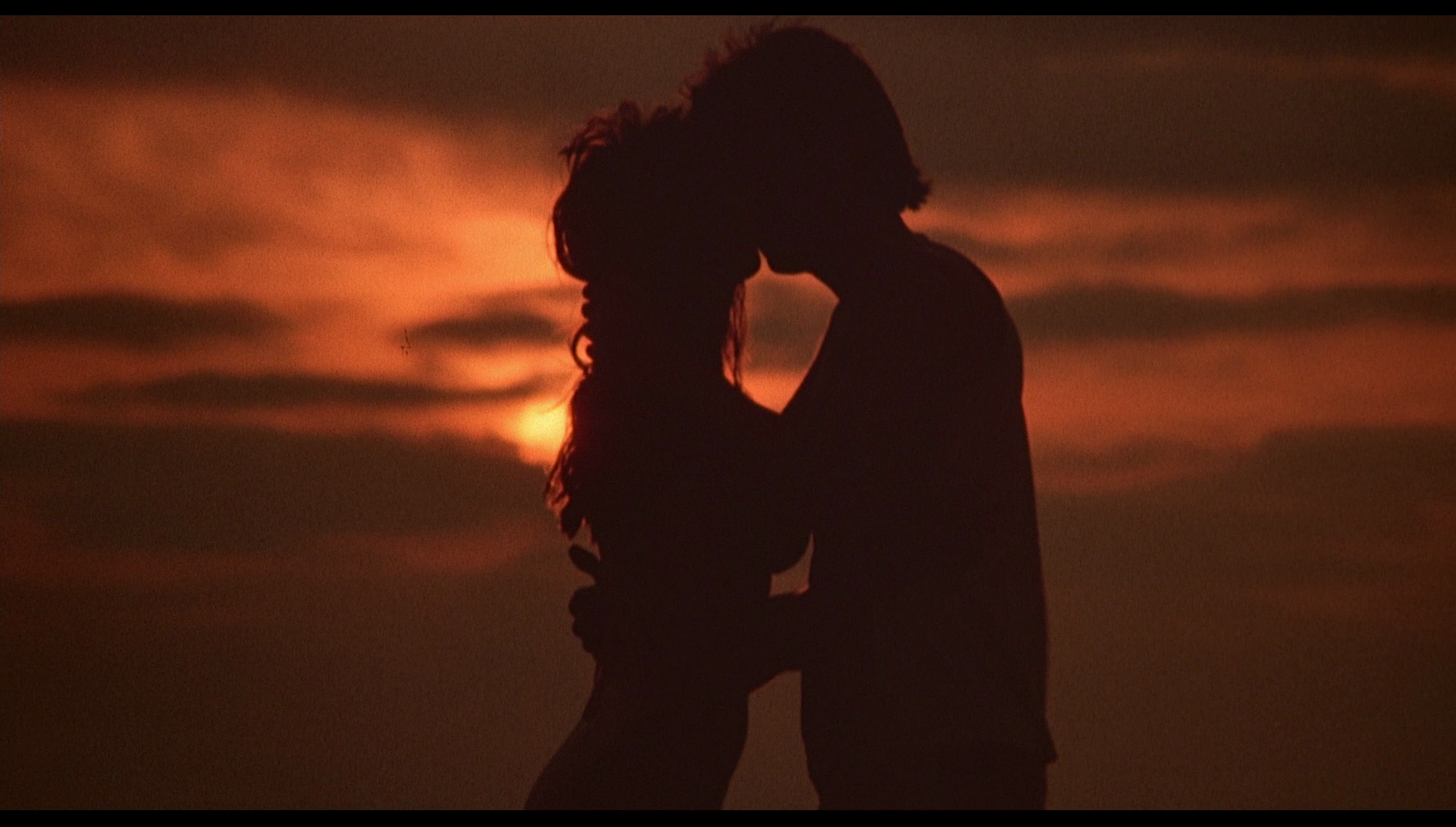 The disc includes: The disc includes:
- a commentary with writer-director John De Bello and Red Shirt Pictures owner Michael Felsher. In an engaging track, the pair discuss the origins of the killer tomatoes pictures as a parody of 1950s alien invasion/monster pictures. The ways in which Attack of the Killer Tomatoes was produced and distributed are covered, before the commentators move on to discuss Return of the Killer Tomatoes. De Bello reflects on the making of the picture and some of the casting decisions, including working with John Astin.
- an interview with actor Anthony Starke (17:24). In this new interview, Starke begins by discussing the film’s satirical approach to product placement and suggests that he’s ‘very proud of that gag’. He talks about his early work in theatre and reflects on how he came to be cast in Return of the Killer Tomatoes. Starke discusses working with Clooney and some of the other actors, such as Karen Mistal. He compares the film’s approach to humour with Monty Python’s Flying Circus, Airplane and Mel Brooks’ films.
- the film’s trailer (2:14) and TV spot (0:31).
- a stills gallery (2:27).
Retail copies also include reversible sleeve art and a booklet with new writing about the film by James Oliver.
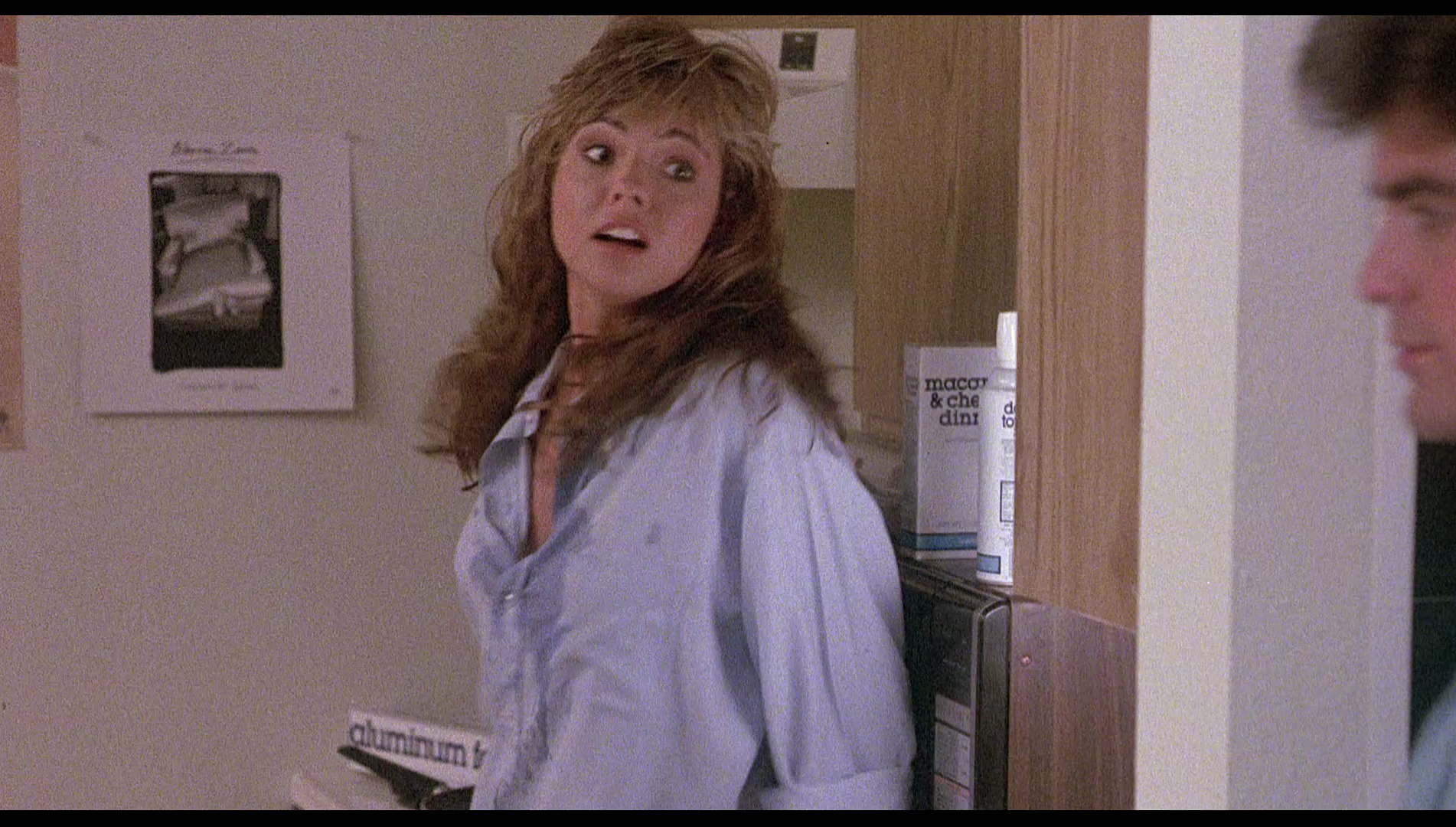 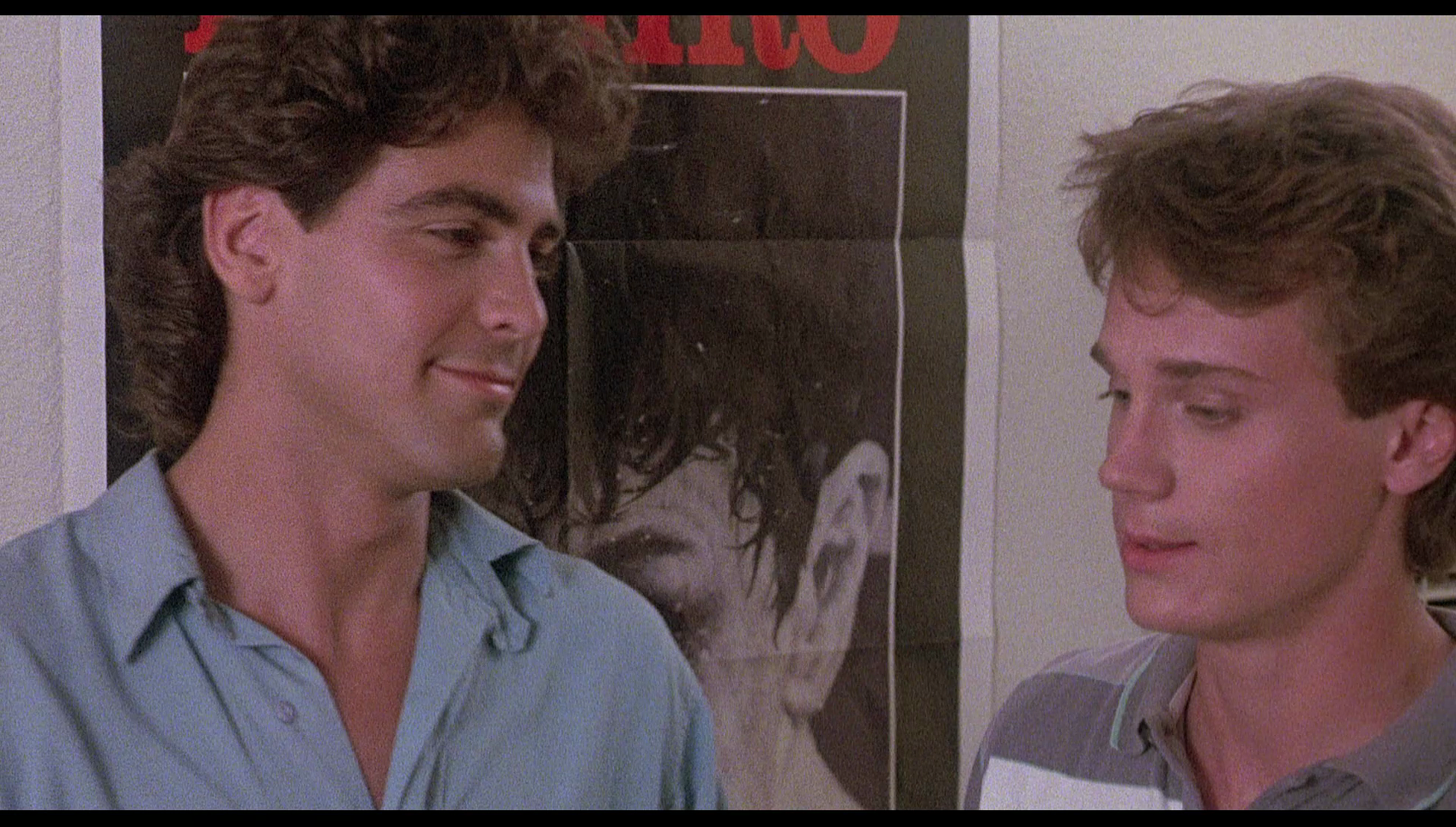 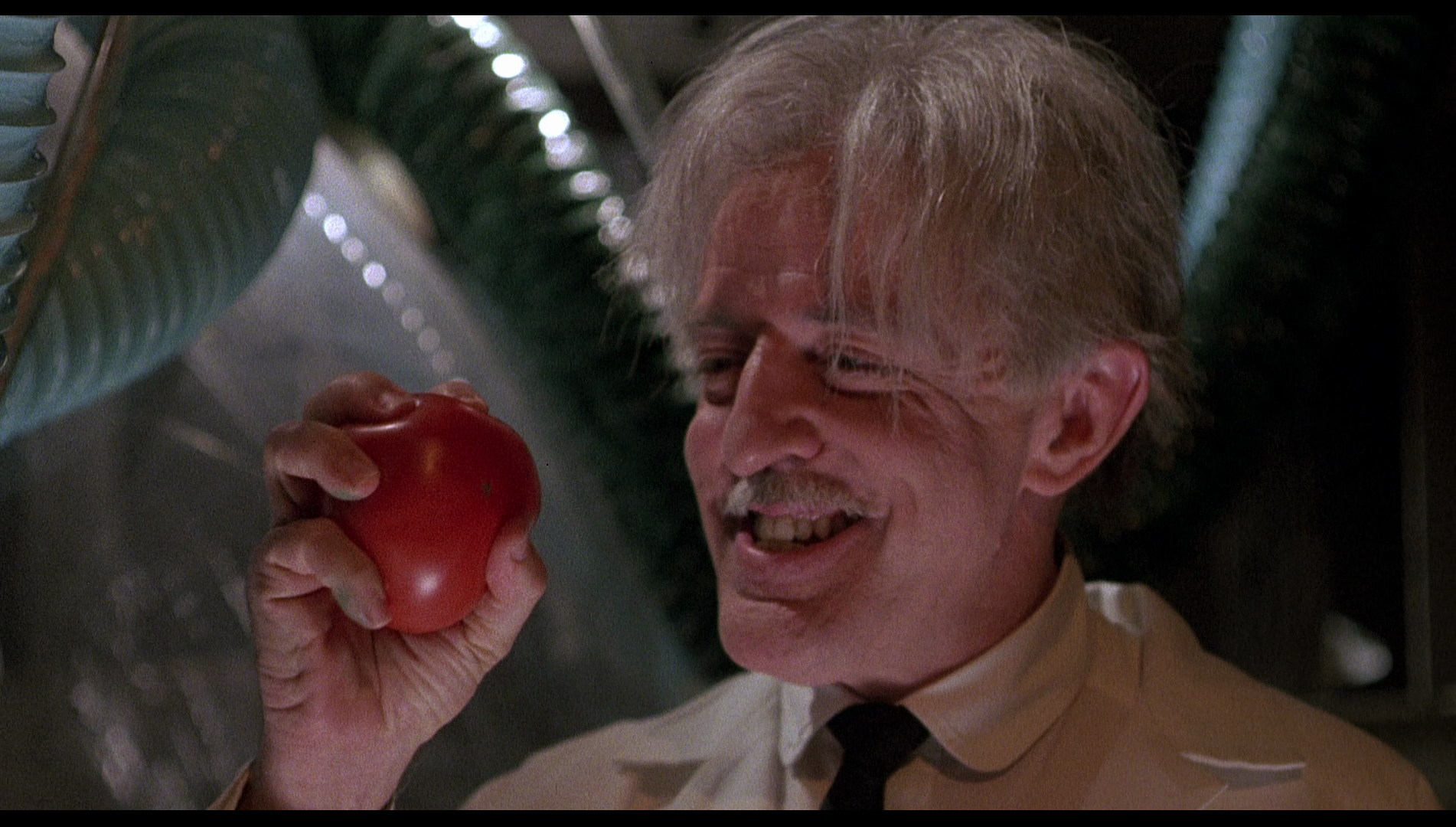
Overall
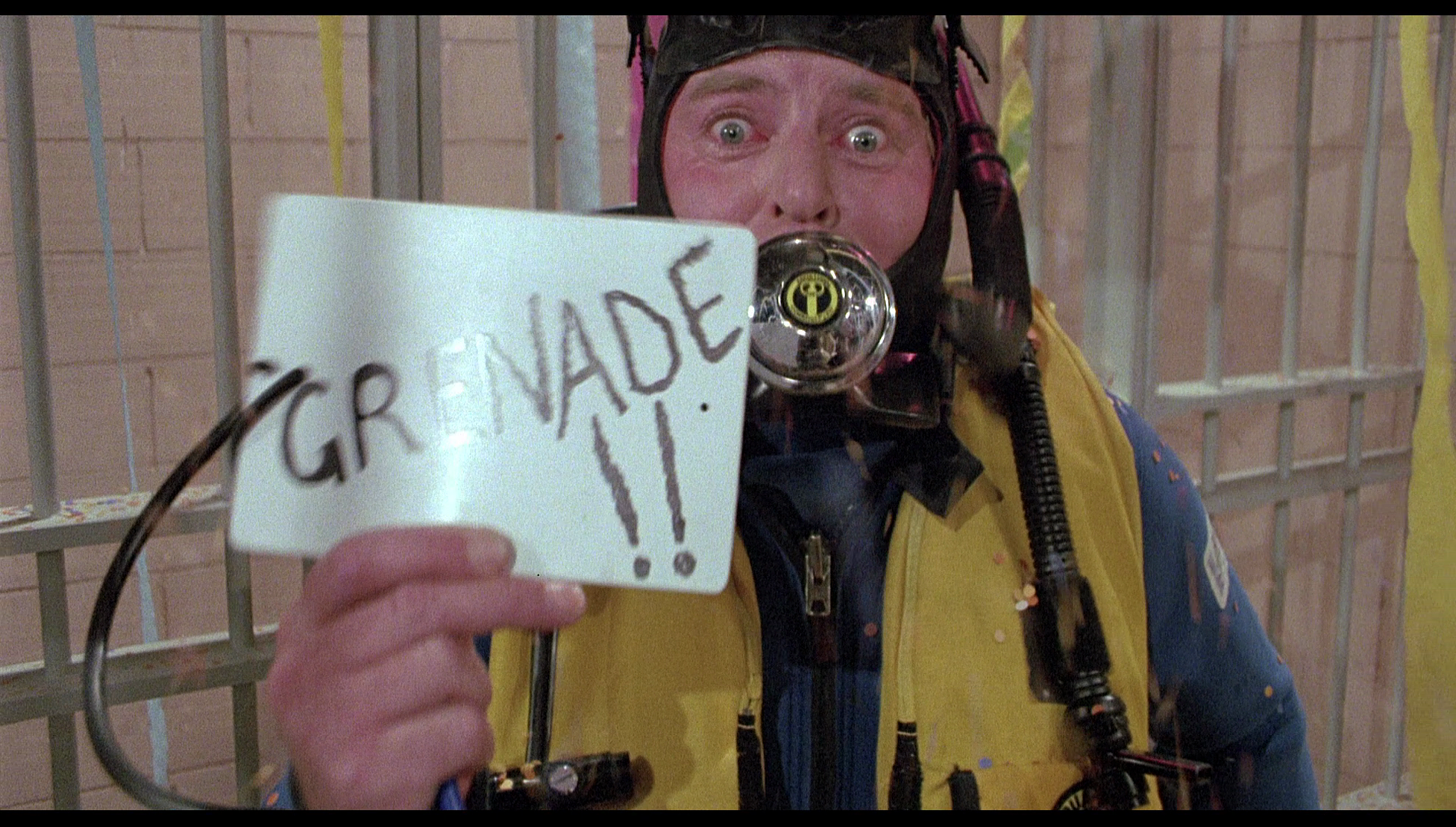 The film is about the love that transcends genus… or something. There are some truly bizarre sequences which depend on scattershot humour for their effect: for example, in one scene Wilbur’s former brother-in-arms from the Great Tomato War, master of disguise Sam Smith, arrives in the pizzeria disguised as Muammar Gaddafi. His disguise is so effective that a fight ensues – with ninjas and cowboys, no less. However, despite the often juvenile jokes (and their juvenility makes them no less amusing, to be honest), at the heart of the picture is an examination of prejudice, gender stereotypes and a satirical approach to the conventions of cinema. Those who enjoyed Attack of the Killer Tomatoes (John De Bello, 1978) will find much the same here. The film is about the love that transcends genus… or something. There are some truly bizarre sequences which depend on scattershot humour for their effect: for example, in one scene Wilbur’s former brother-in-arms from the Great Tomato War, master of disguise Sam Smith, arrives in the pizzeria disguised as Muammar Gaddafi. His disguise is so effective that a fight ensues – with ninjas and cowboys, no less. However, despite the often juvenile jokes (and their juvenility makes them no less amusing, to be honest), at the heart of the picture is an examination of prejudice, gender stereotypes and a satirical approach to the conventions of cinema. Those who enjoyed Attack of the Killer Tomatoes (John De Bello, 1978) will find much the same here.
Arrow’s presentation of the film is very good indeed, the widescreen framing giving a sense of balance to the compositions that was lacking in the open-matte DVD presentations, and the commentary with John De Bello and interview with Anthony Starke offer a strong sense of context for the film. This release comes with a strong recommendation; fans of the film, or of 1980s spoofs generally (or, for that matter, those who are simply sympathetic to the plight of the humble and often trampled upon tomato), should find this to be an essential purchase.
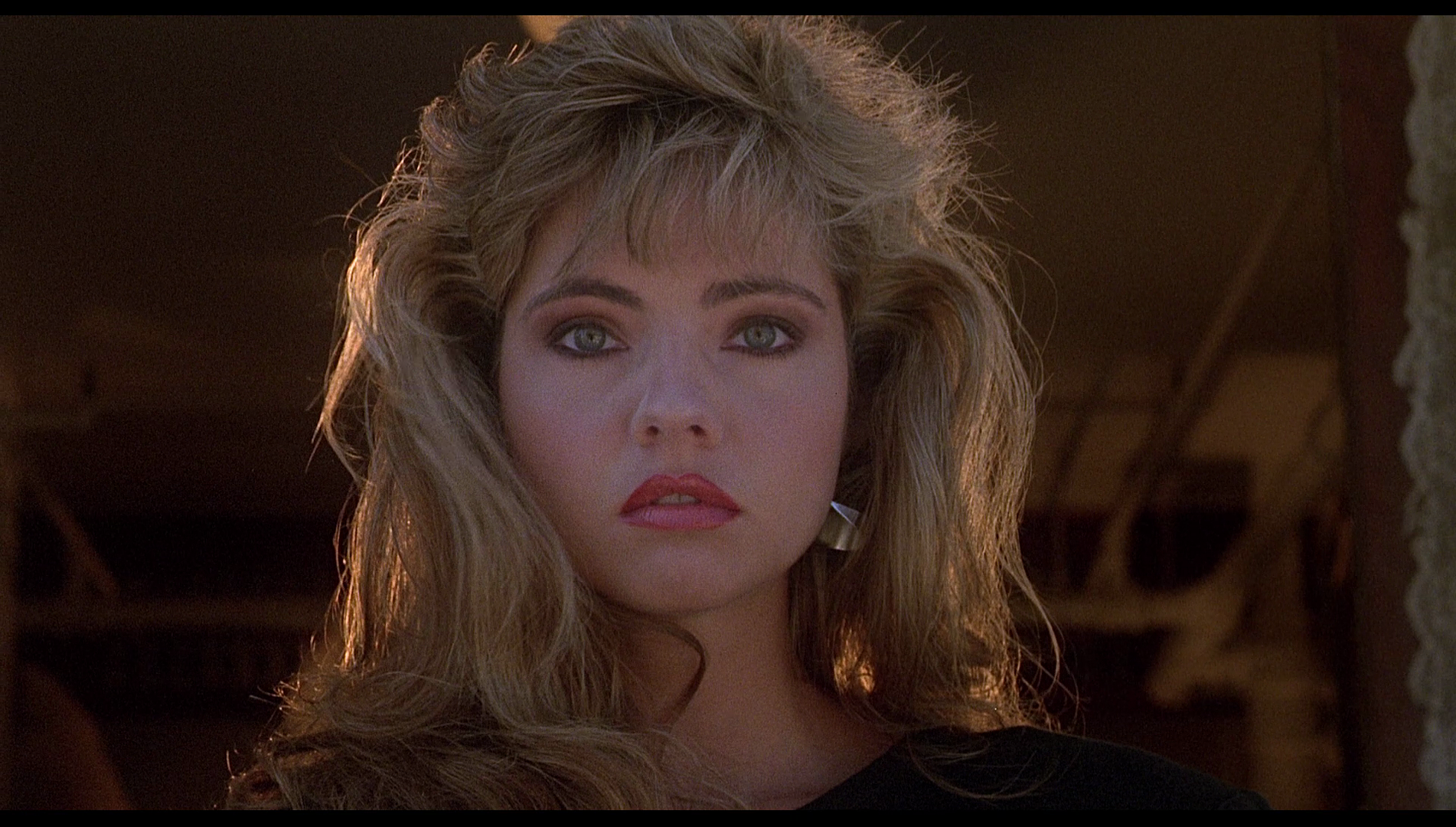
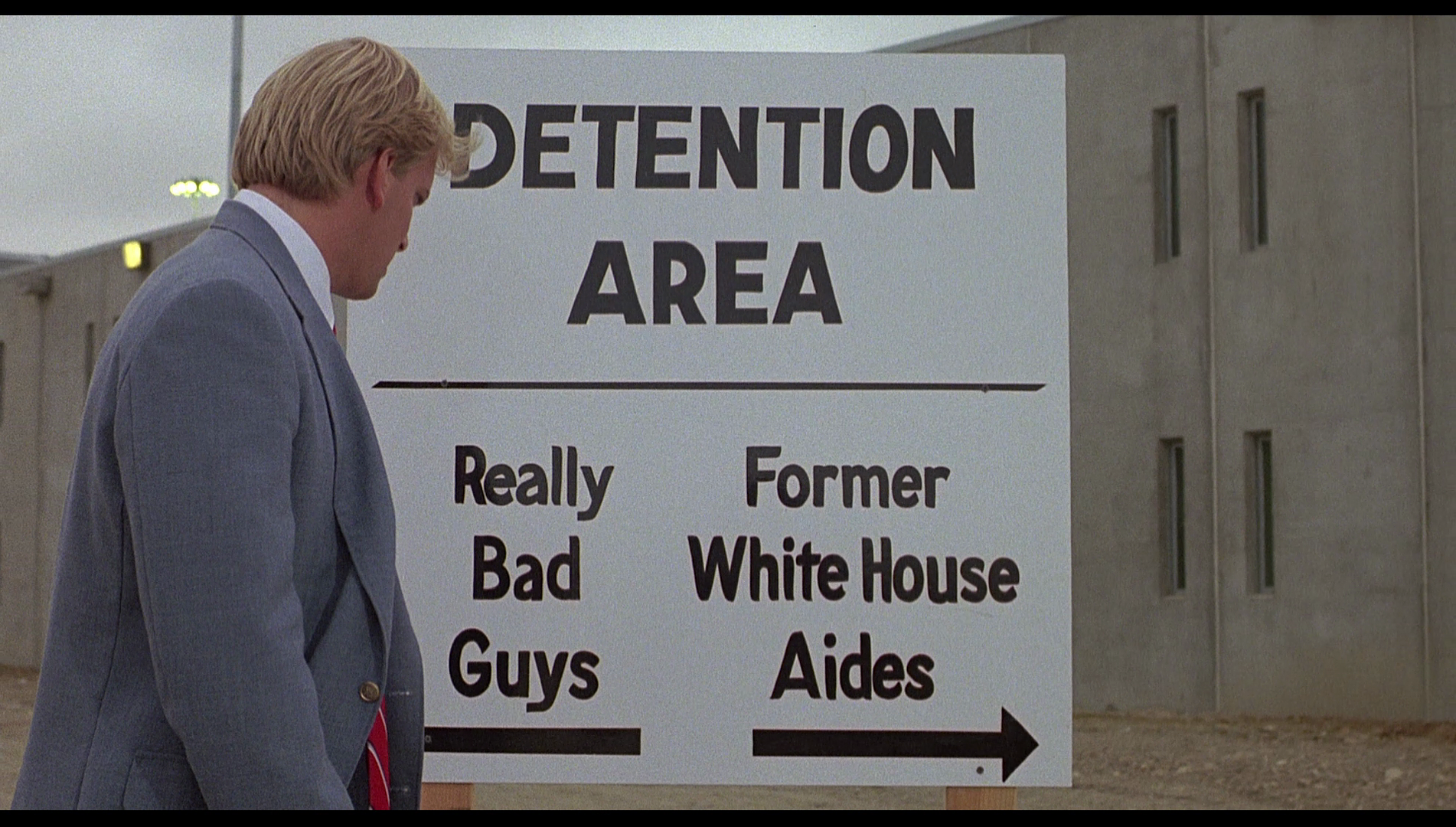
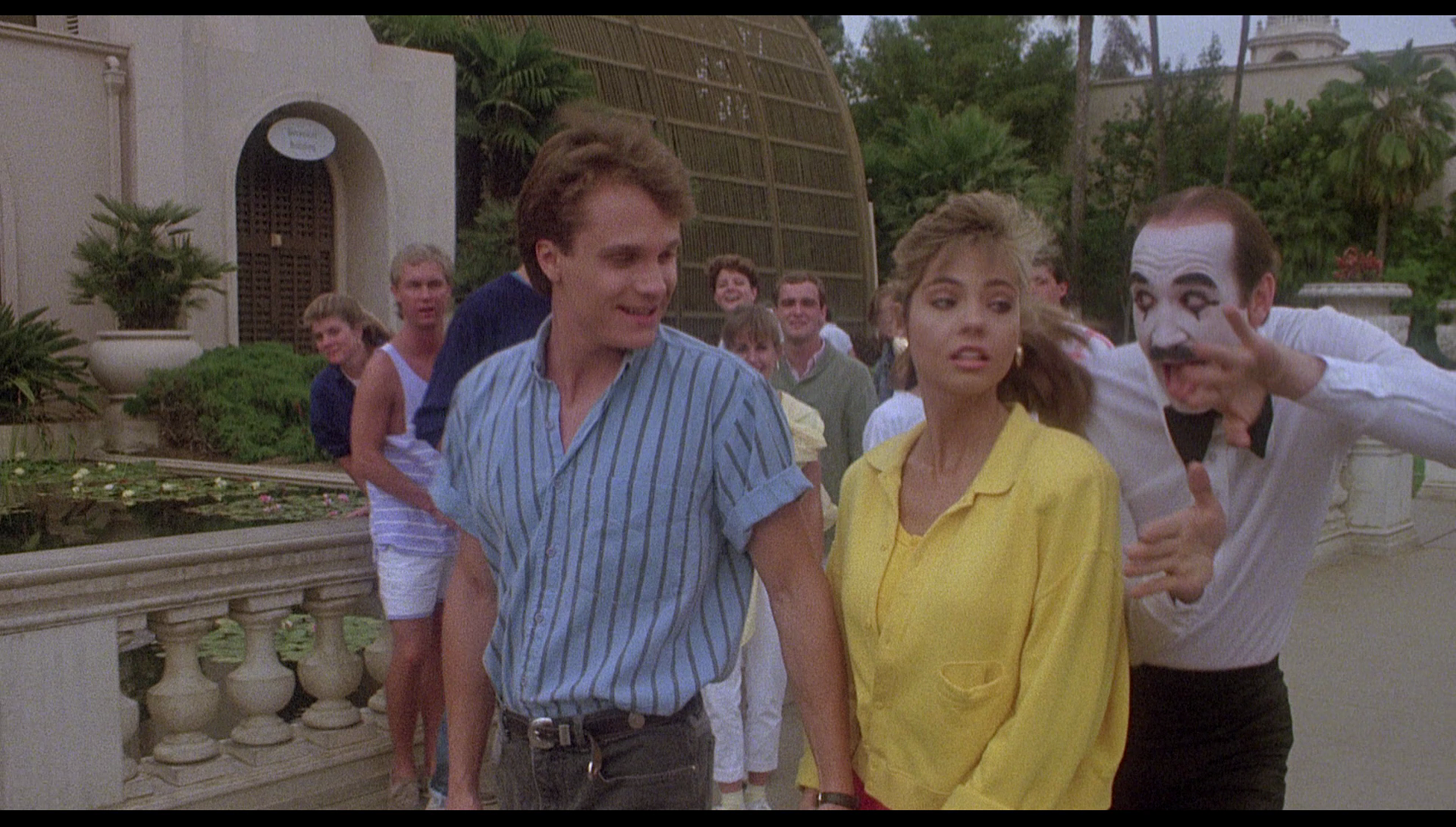
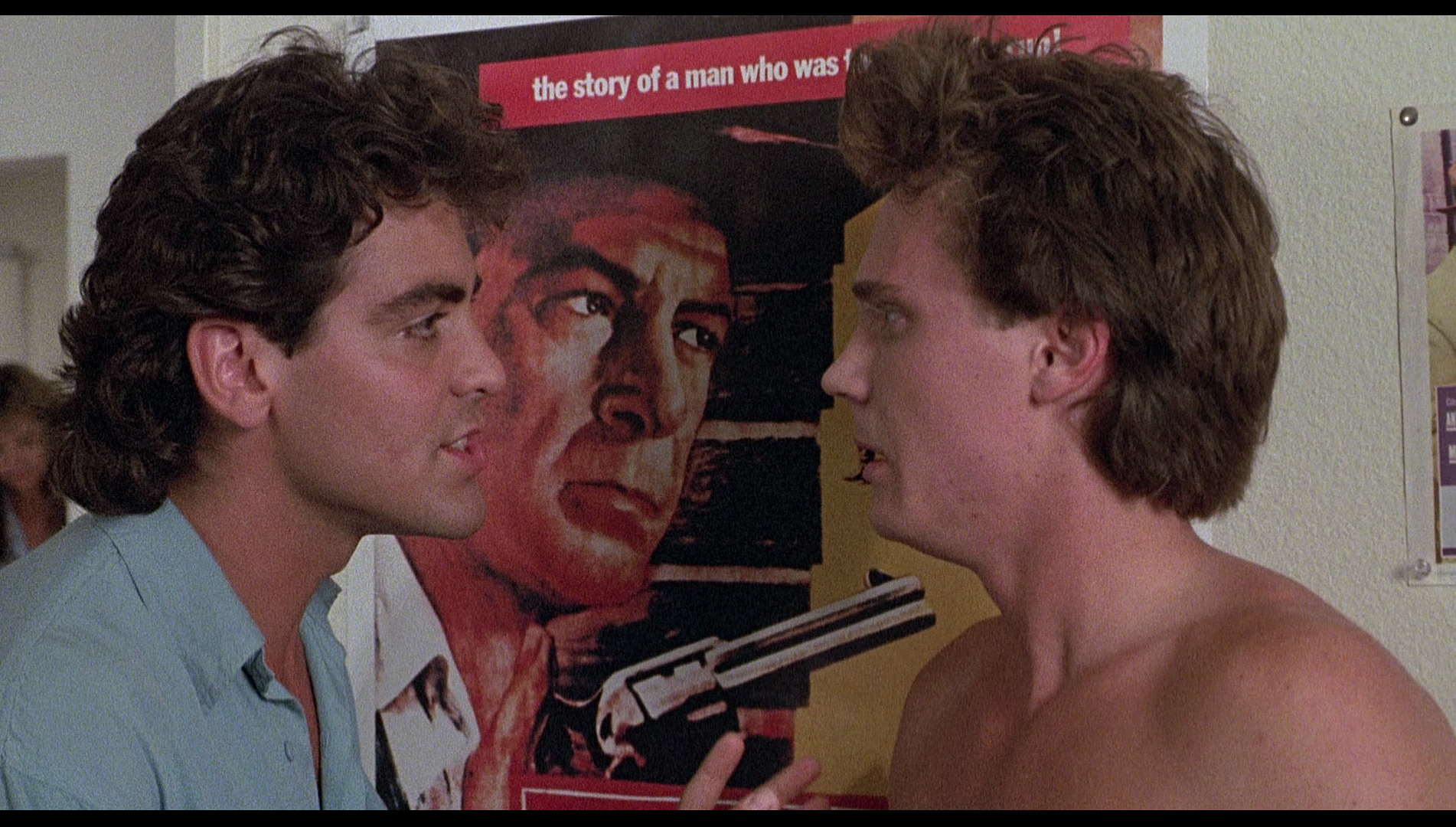
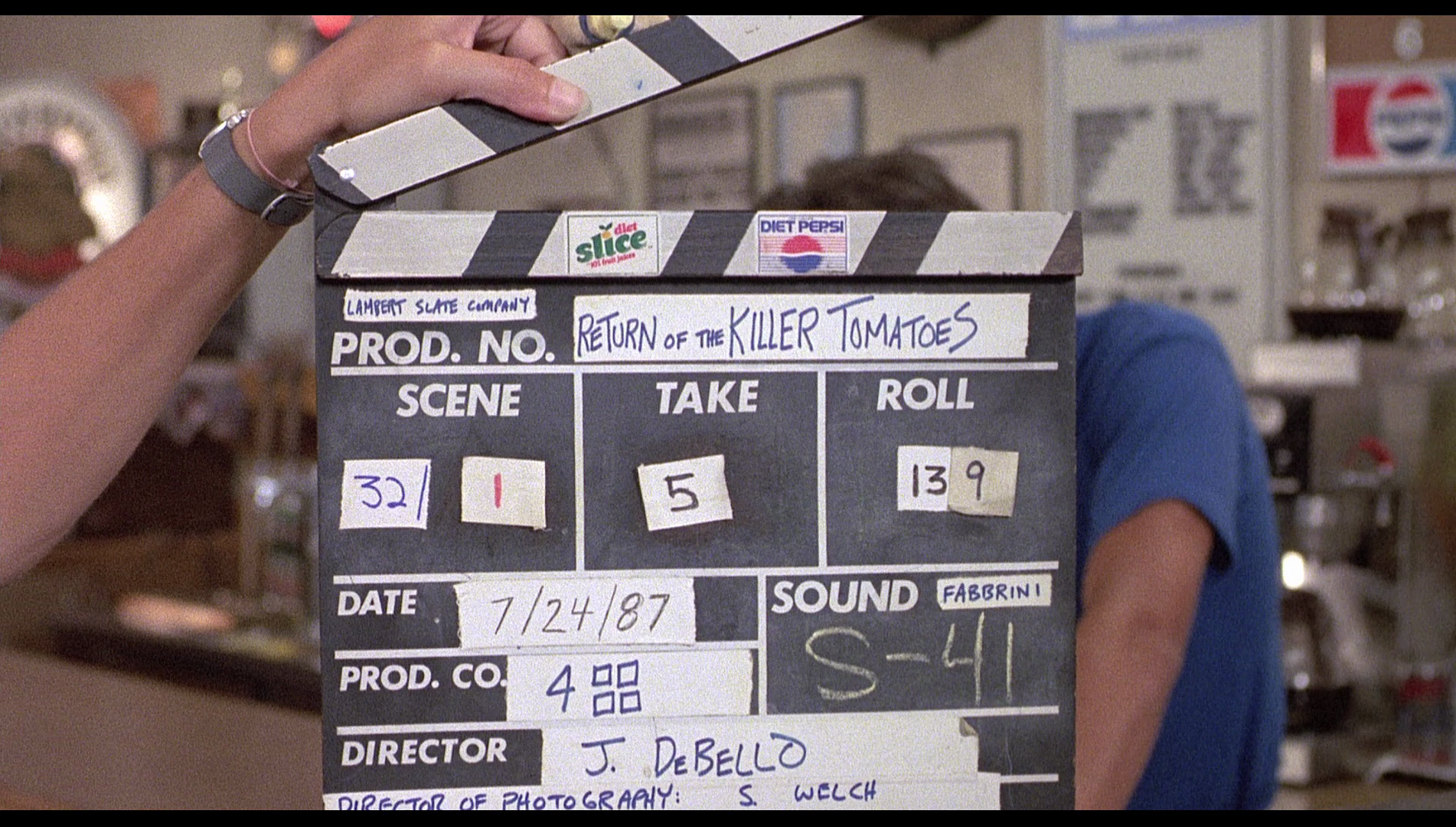
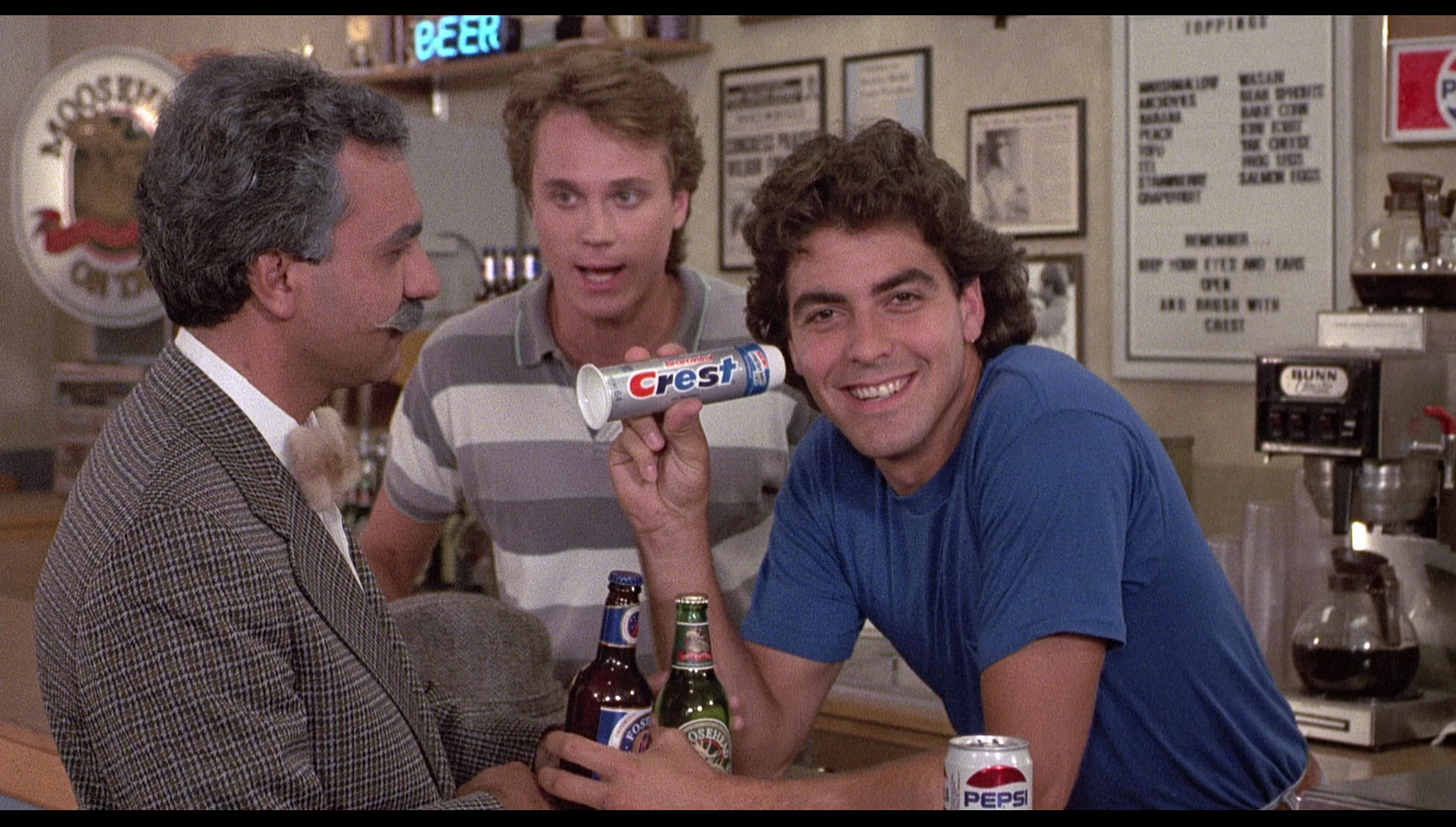
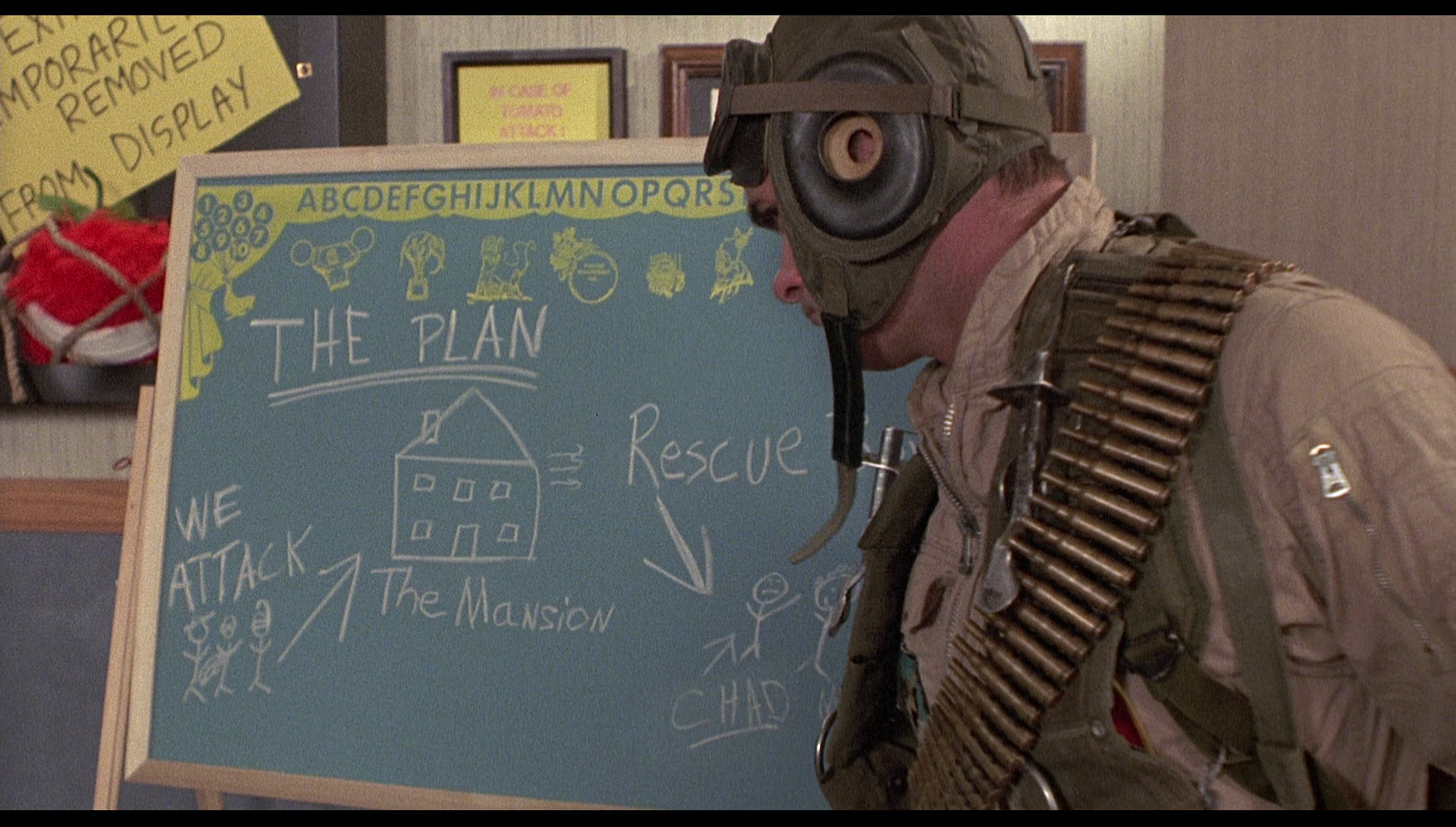
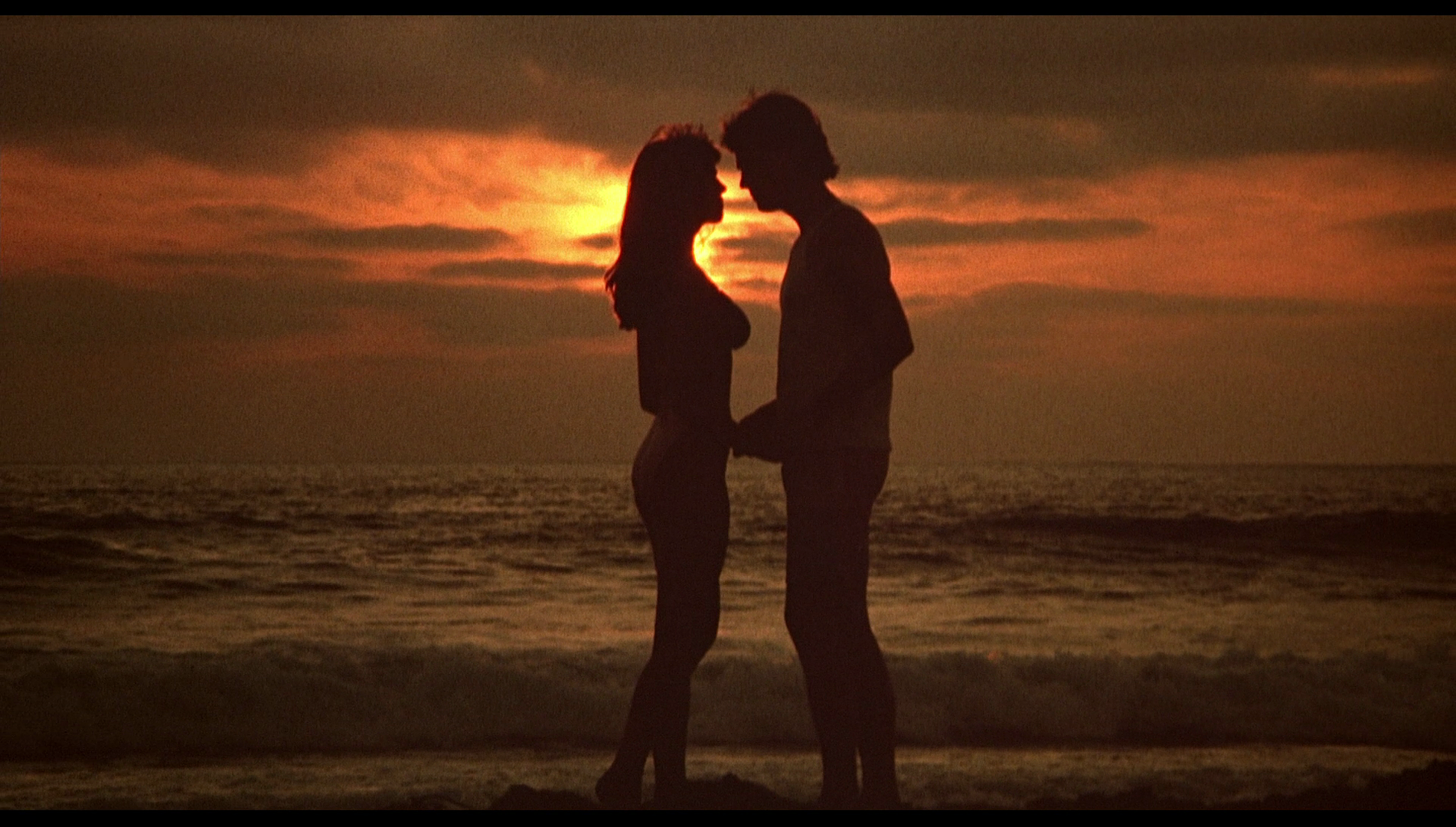
|


